
Golden sunlight streams into the slot canyons near Paige, Arizona.
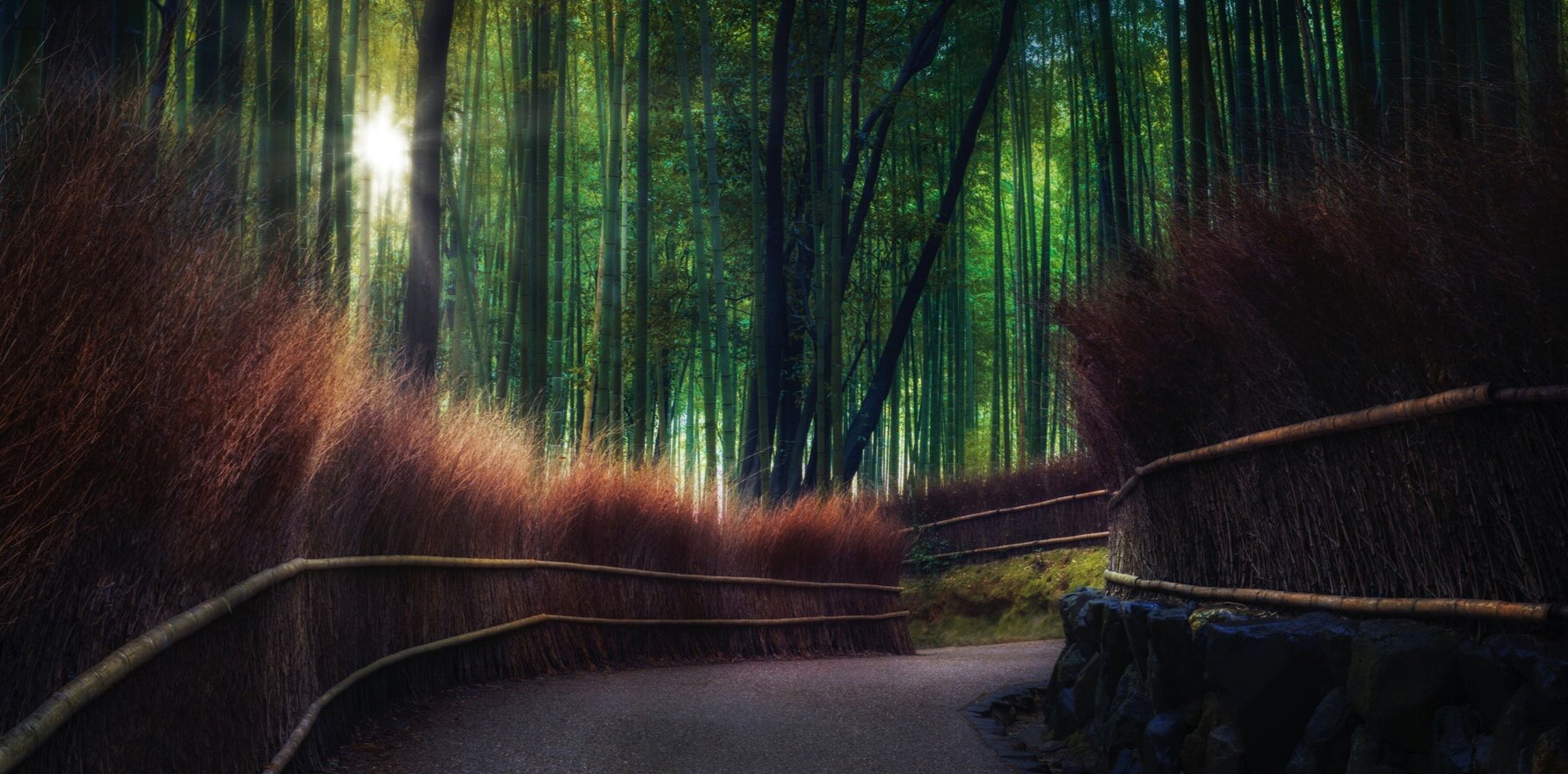
Light piercing through the thick bamboo grove on the side of mount Arashiyama in Kyoto, Japan.
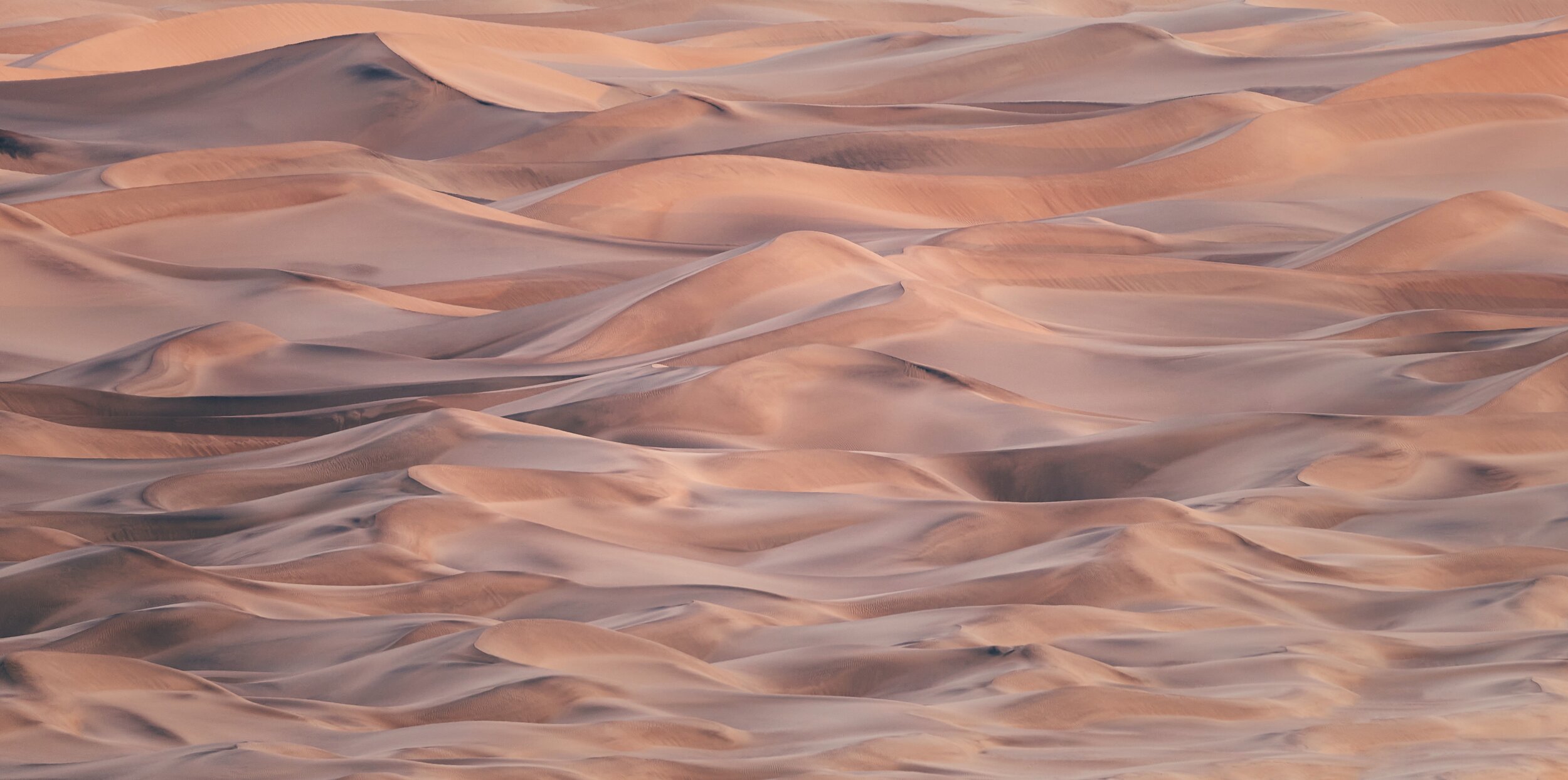
Pre-dawn light on sand dunes in the desert of Death Valley, California.

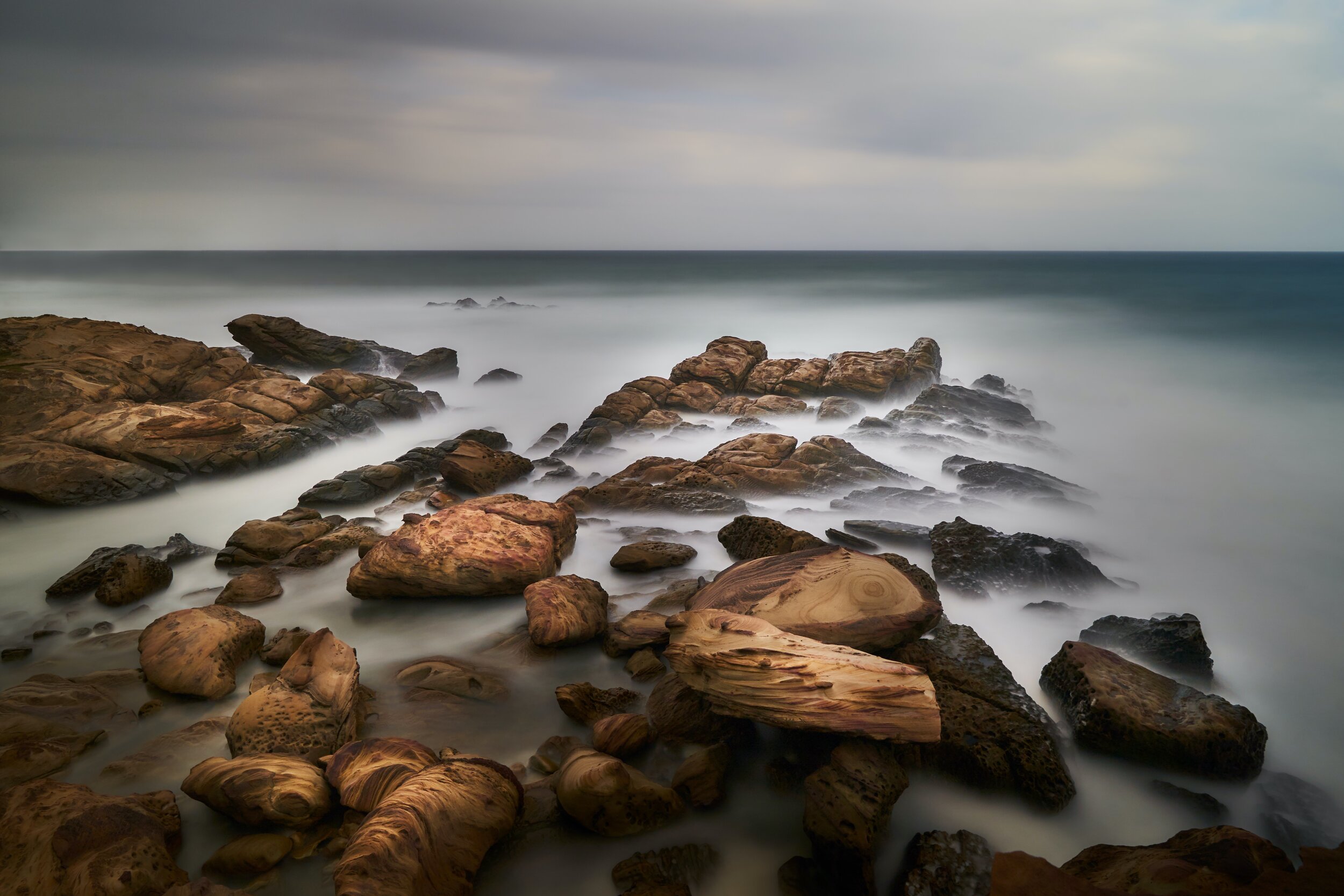
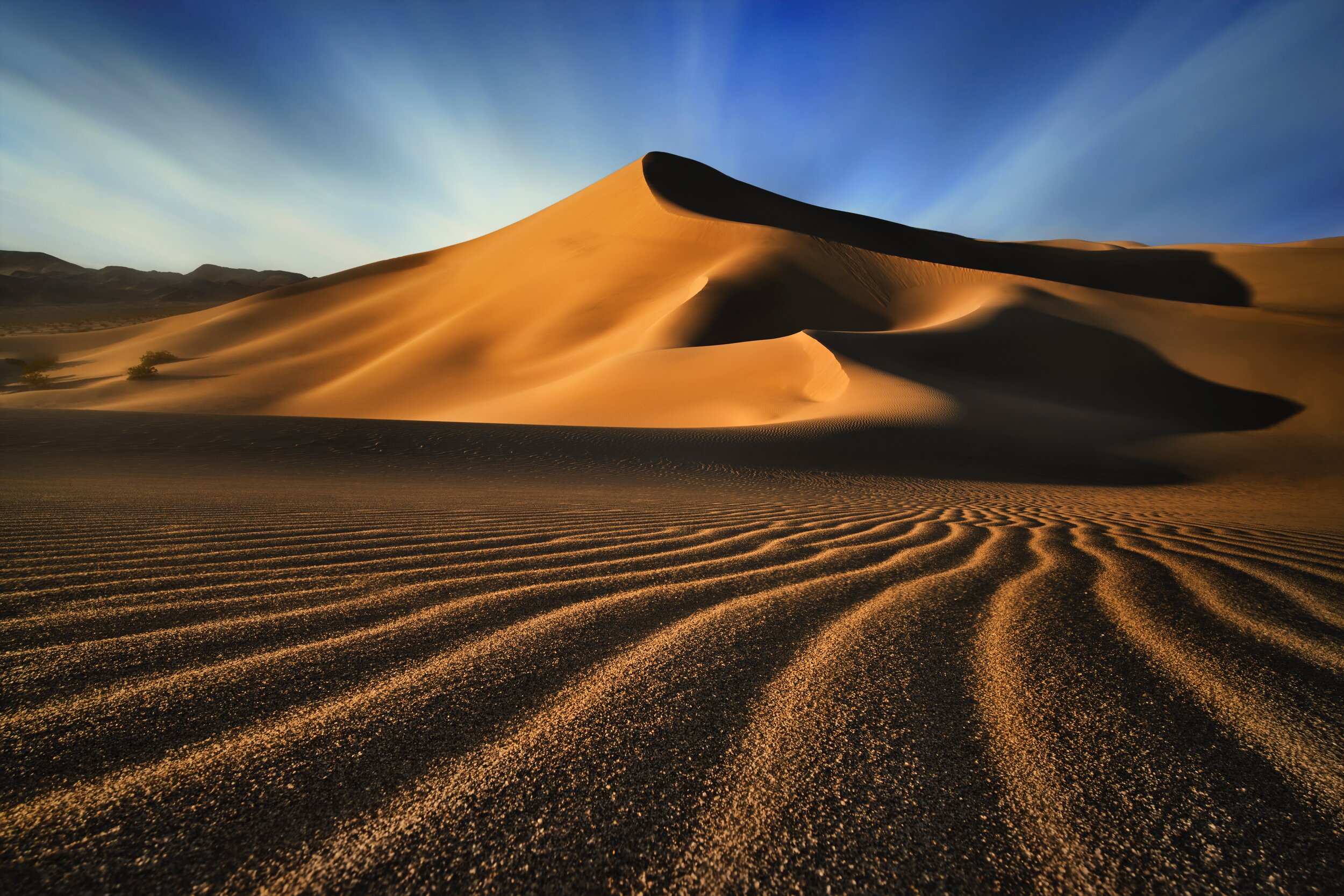
Sun setting on sand dunes in Death Valley National Park in California.
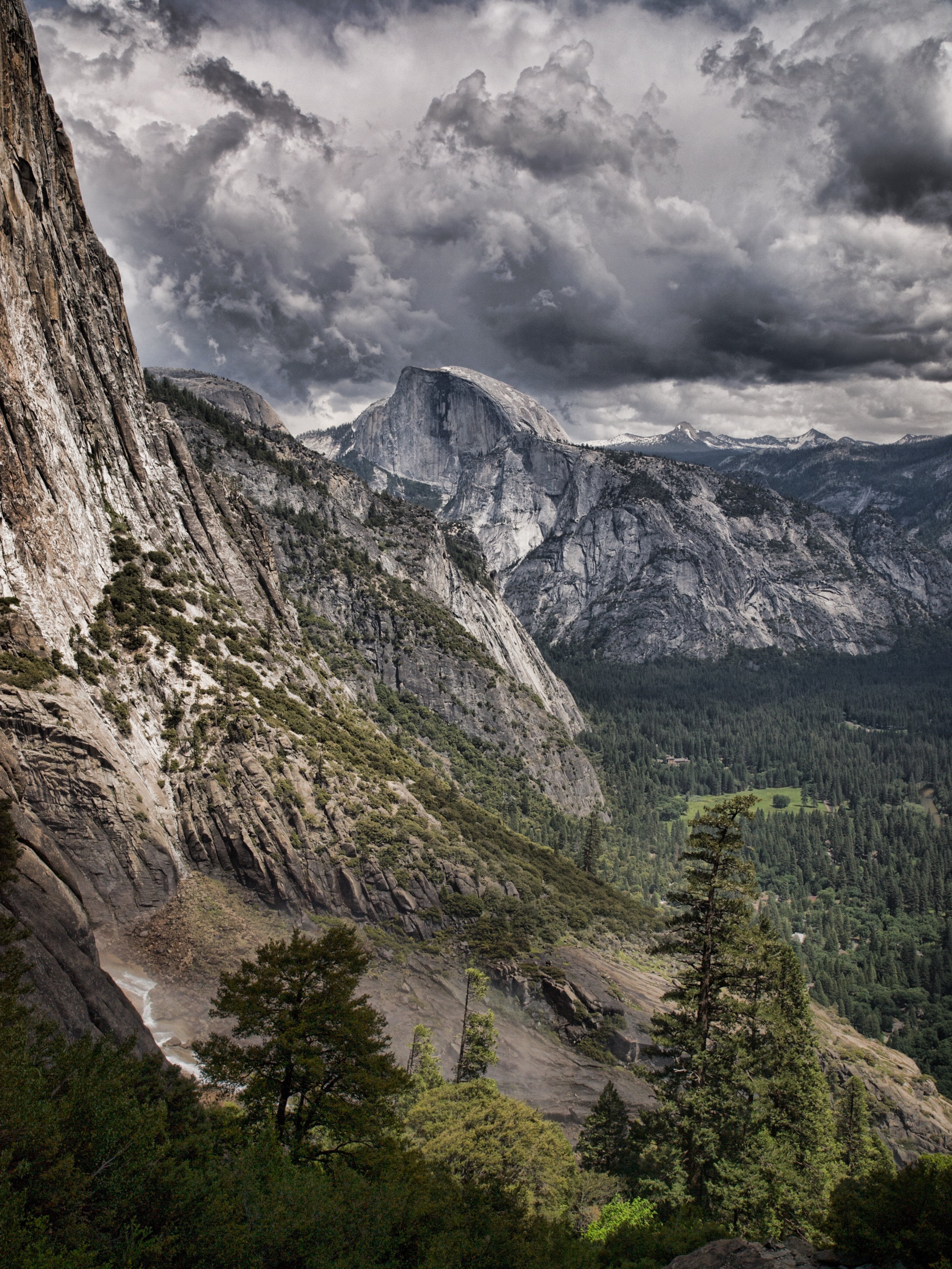
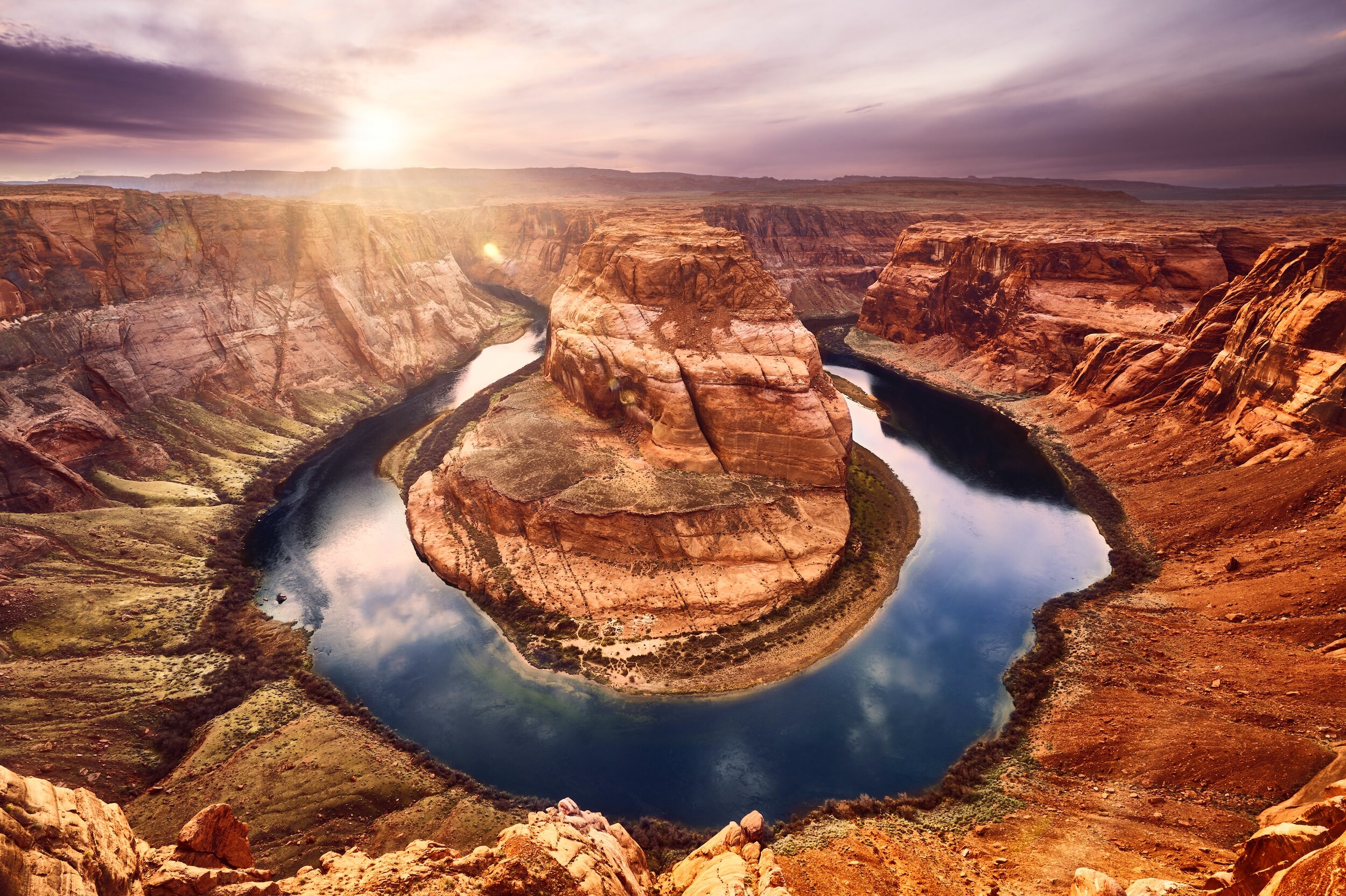
The sun sets on the horizon at Horsehoe Bend: a winding meandor in the Colorado River.

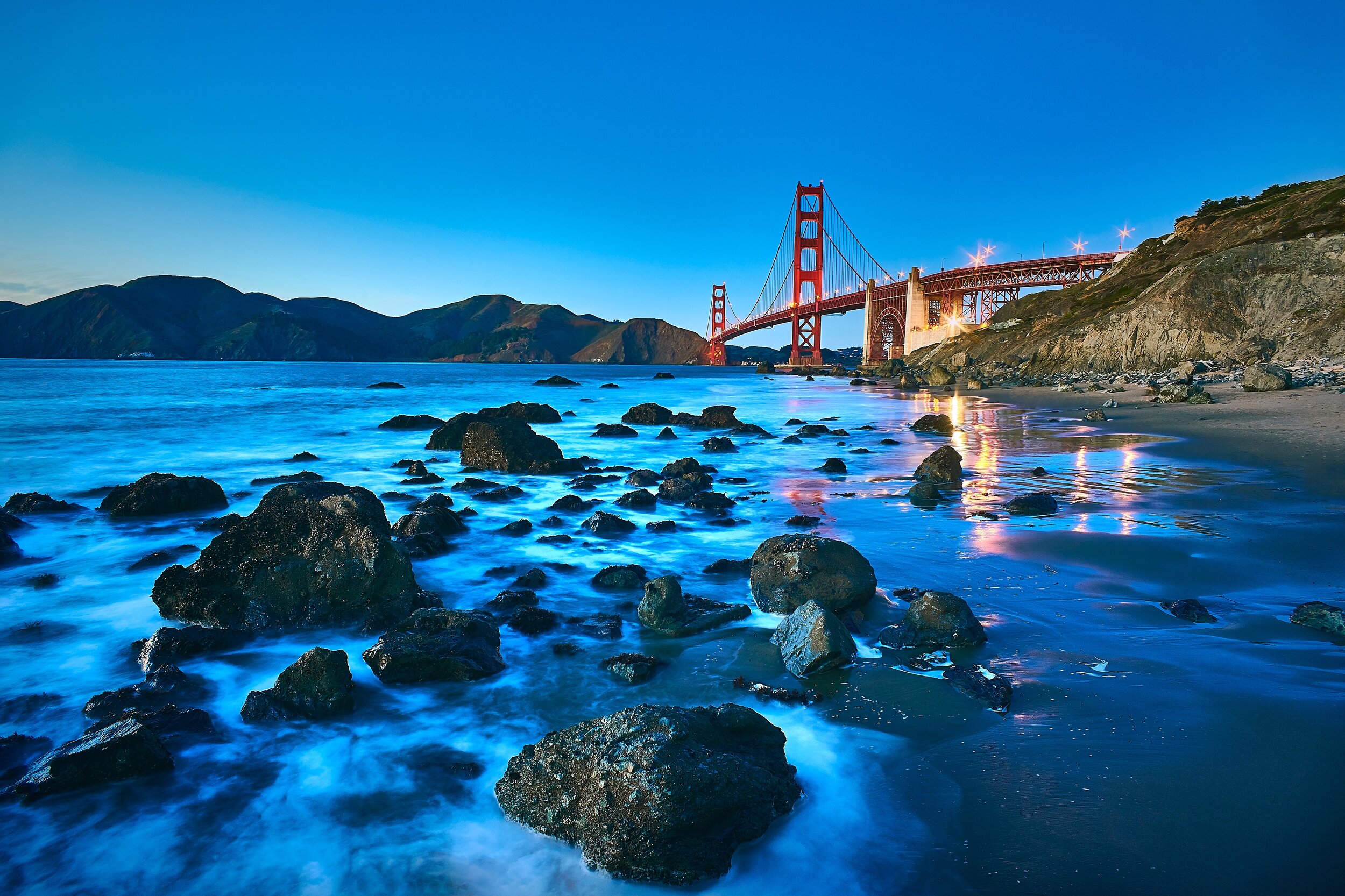
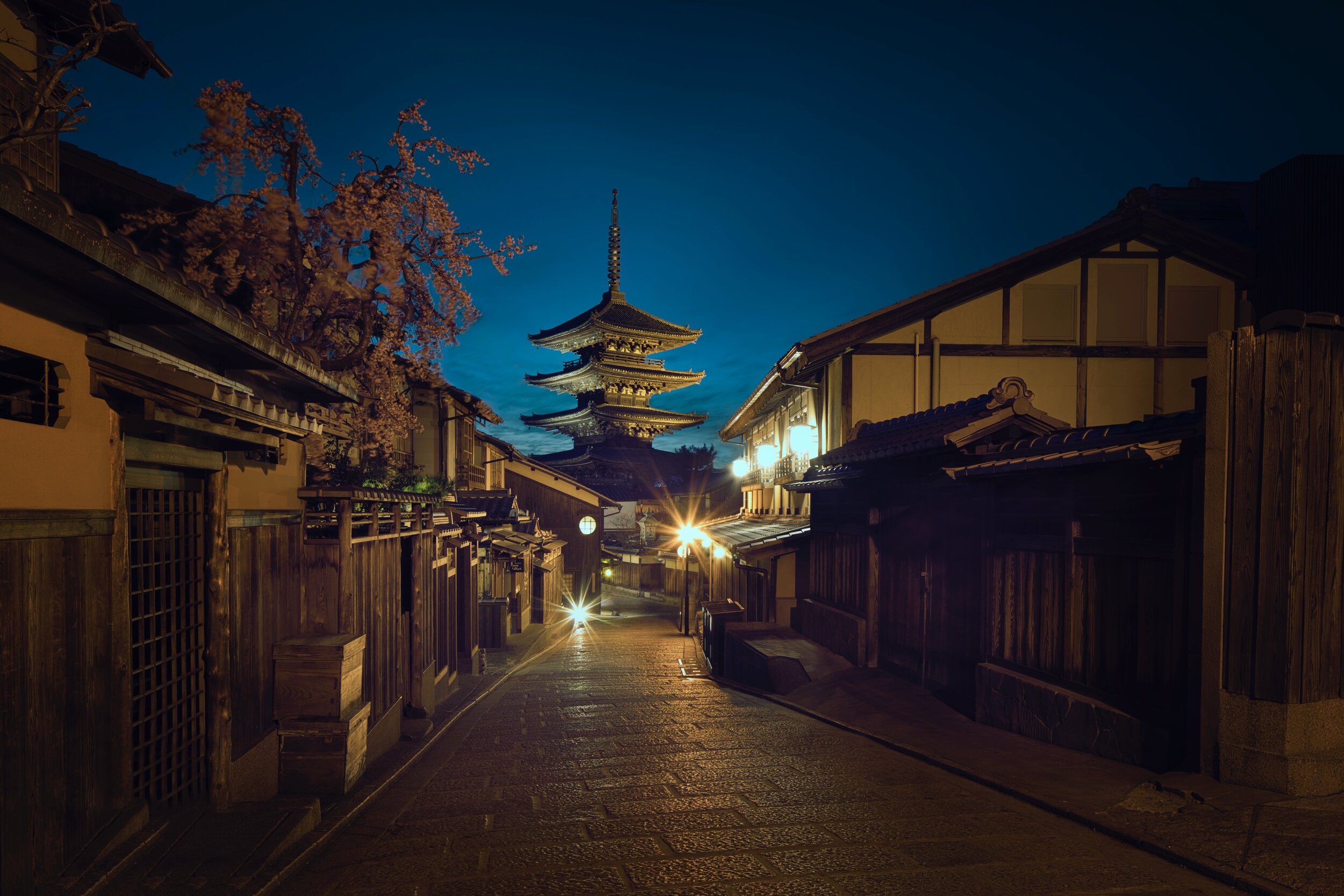
Looking down a traditional Japanese street towards the Yasakanoto Pagoda at dusk in Kyoto, Japan.
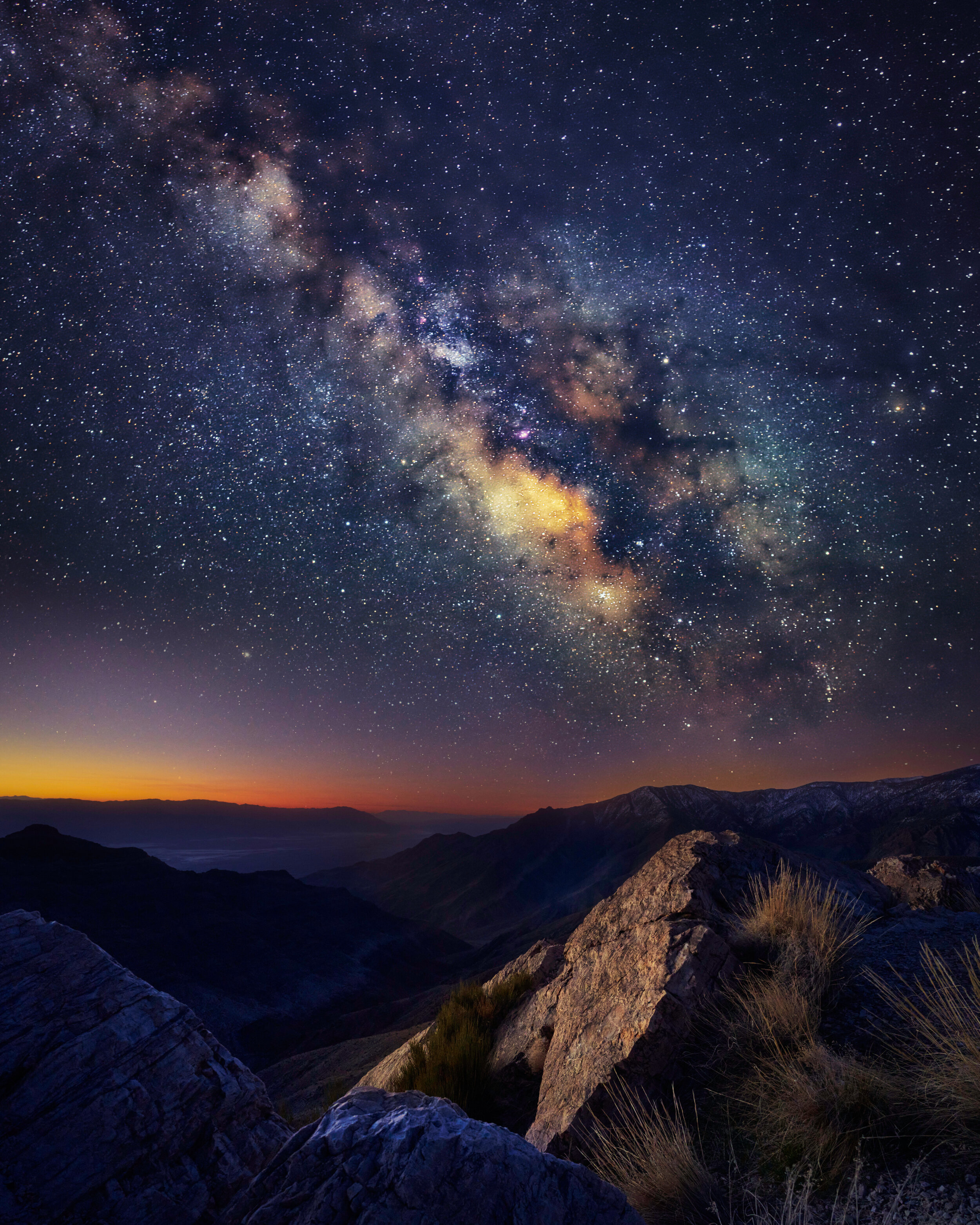
The Milky Way galaxy lights up the night sky at Aguereberry Point in Death Valley with the lights of Las Vegas in the background.
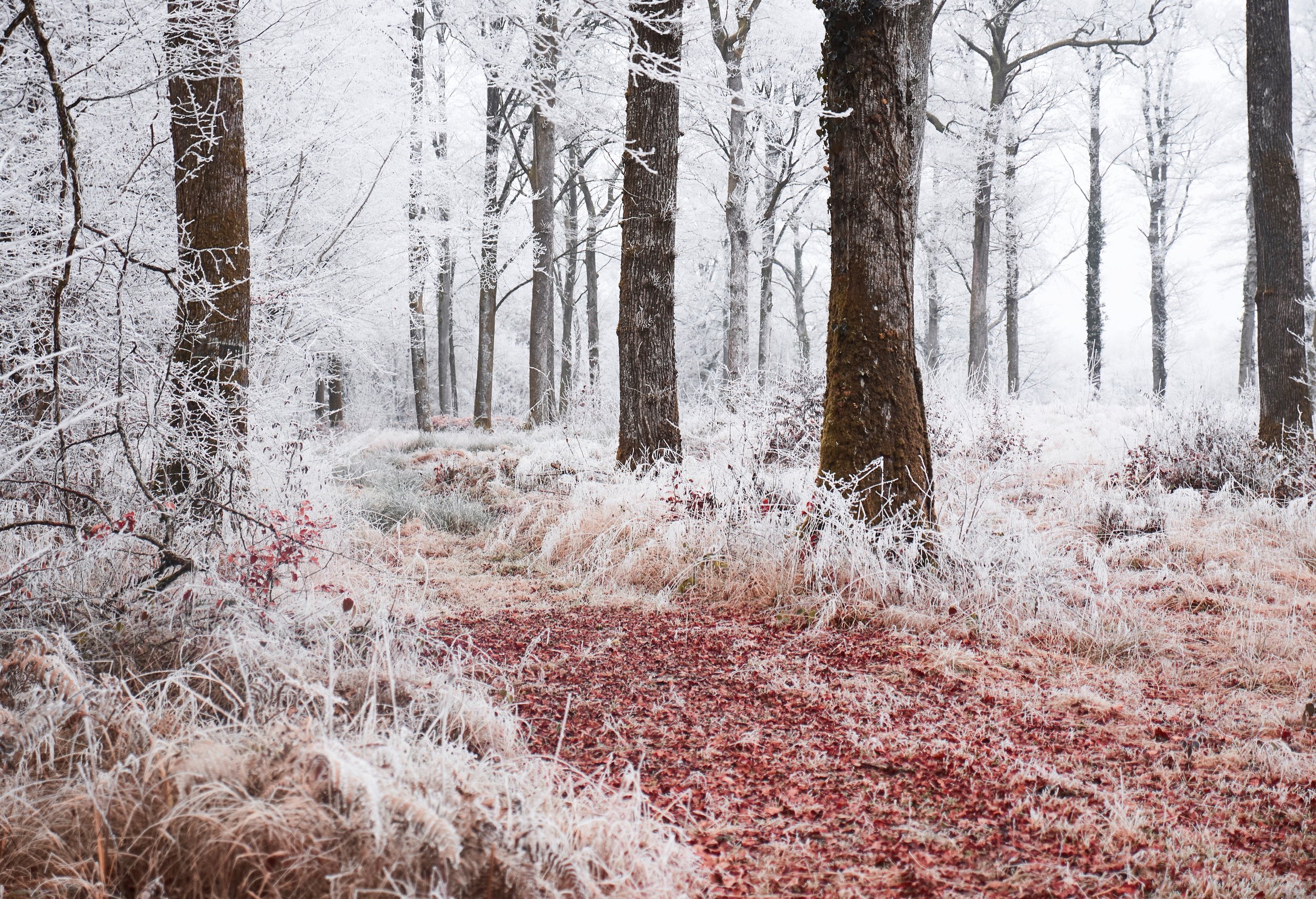
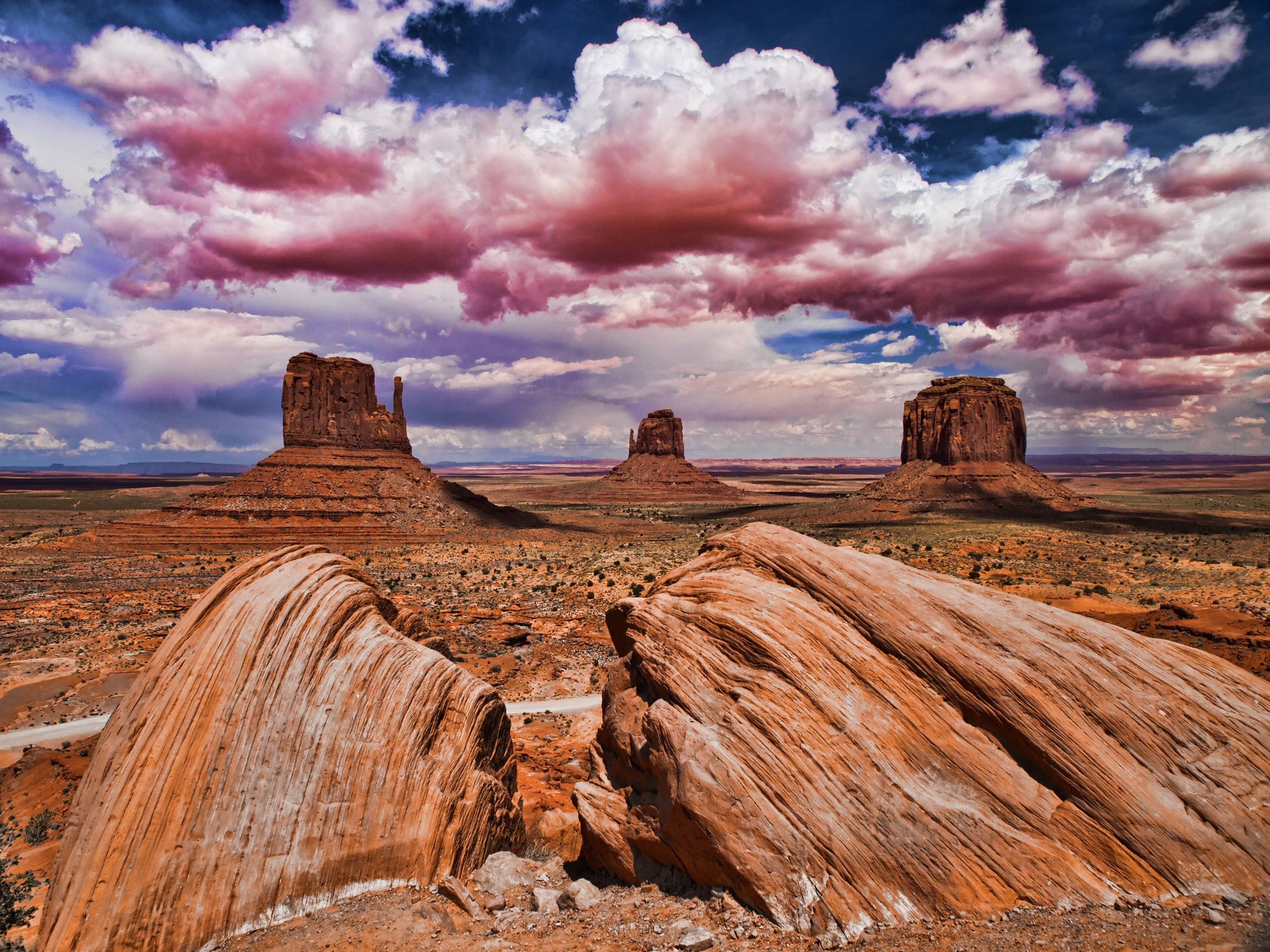
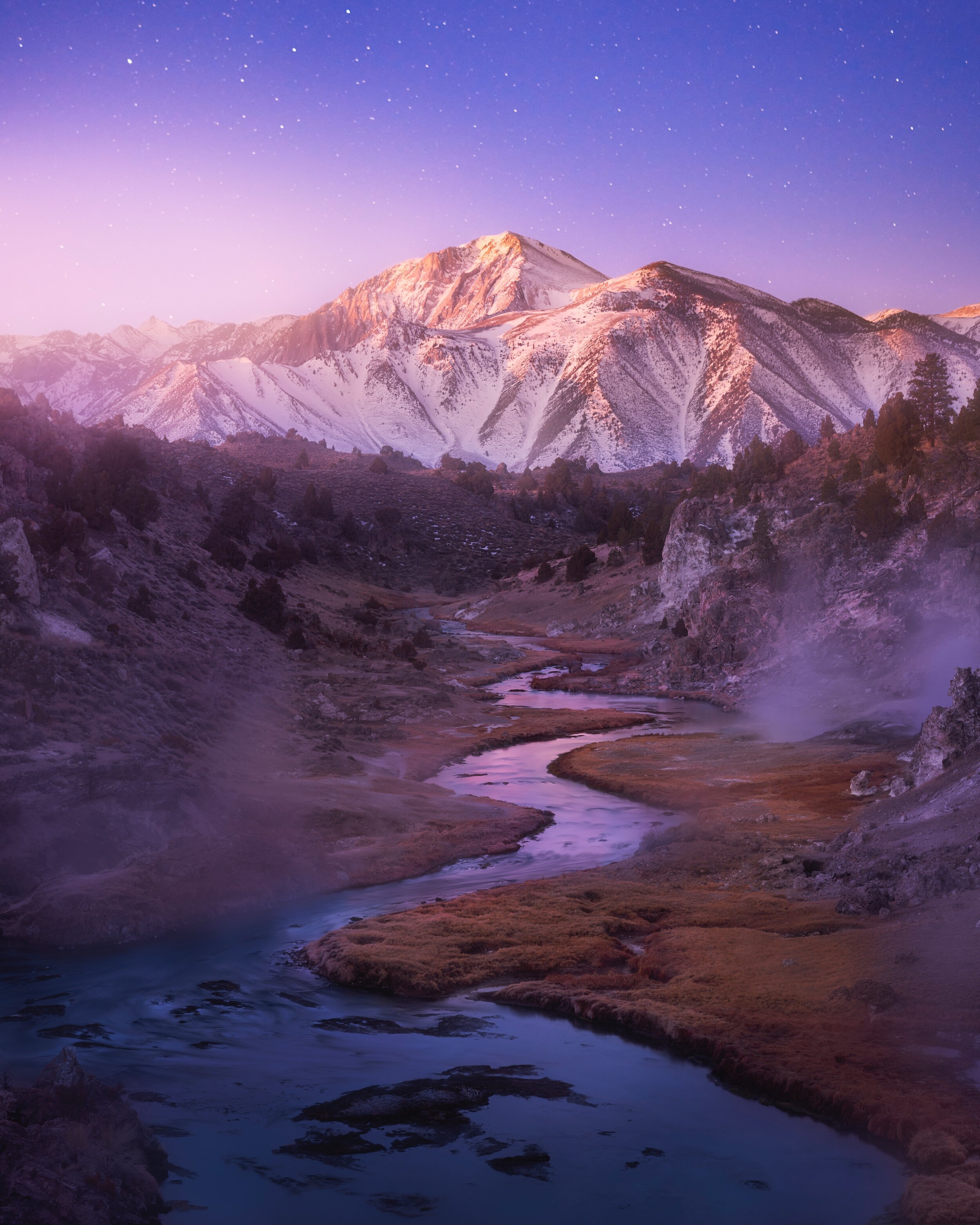
Pre-dawn light illuminates the Sierra Nevada range and catches the steam created from the geothermal activity and hot springs around Hot Creek in California.

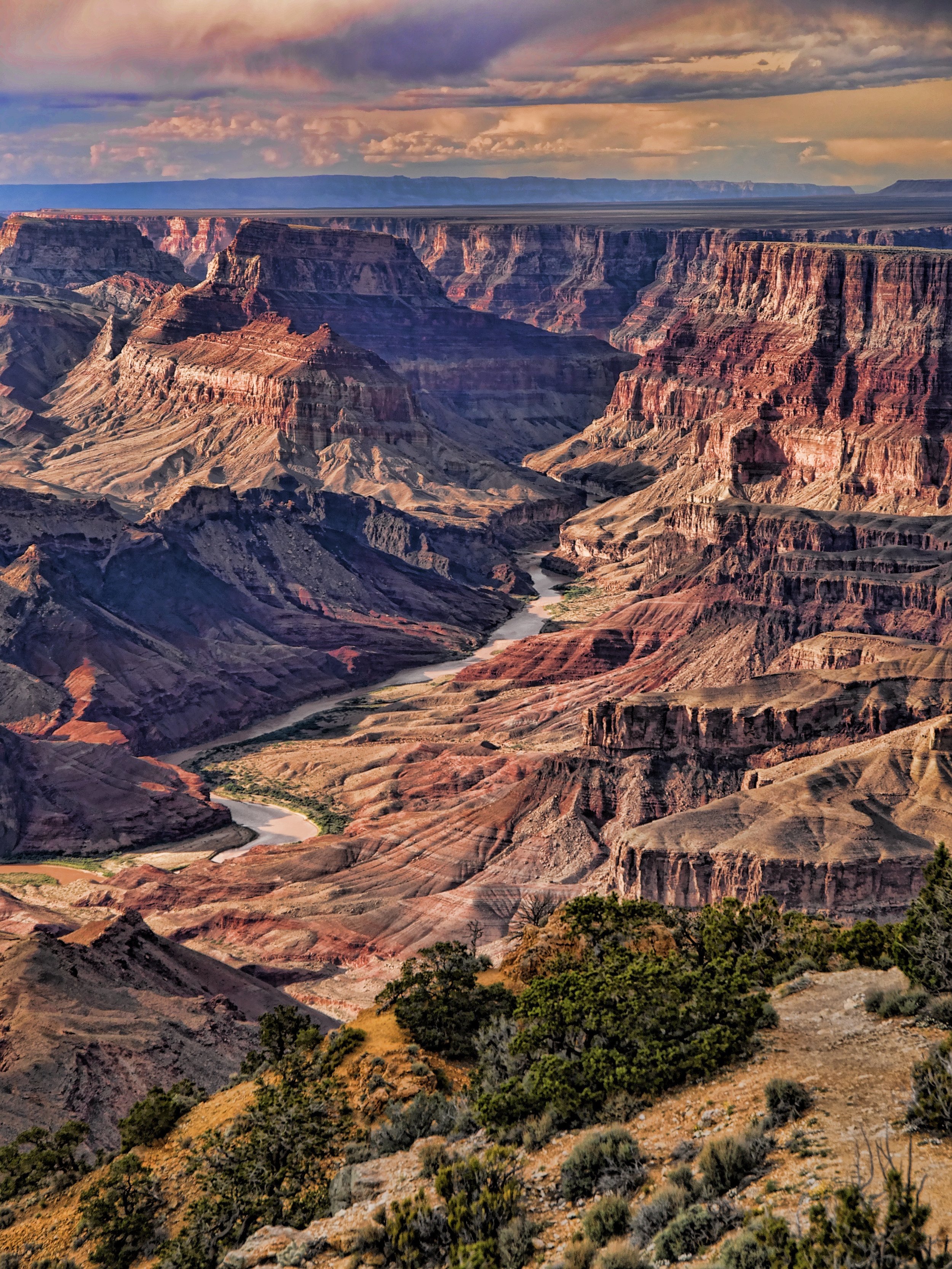
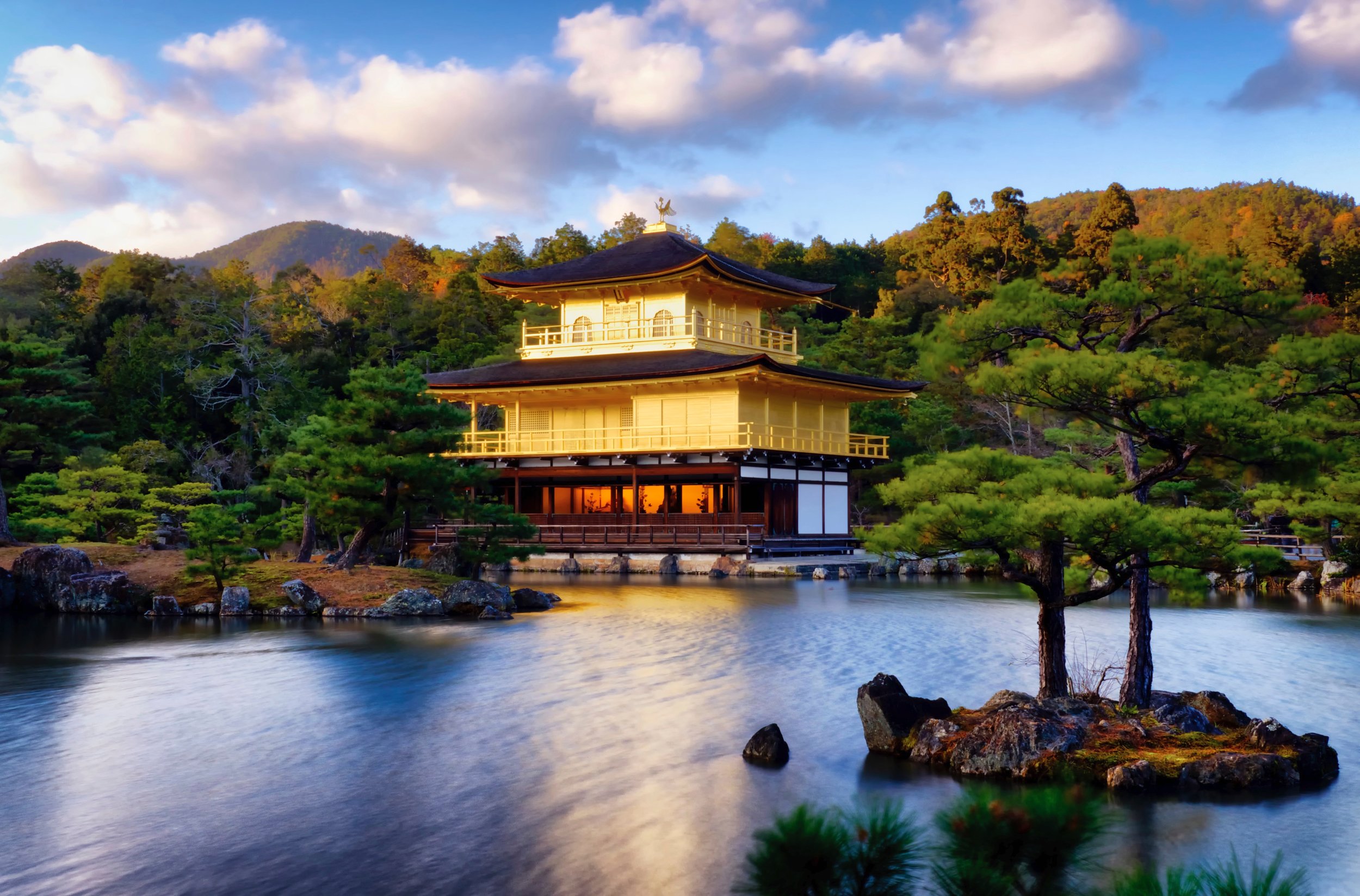
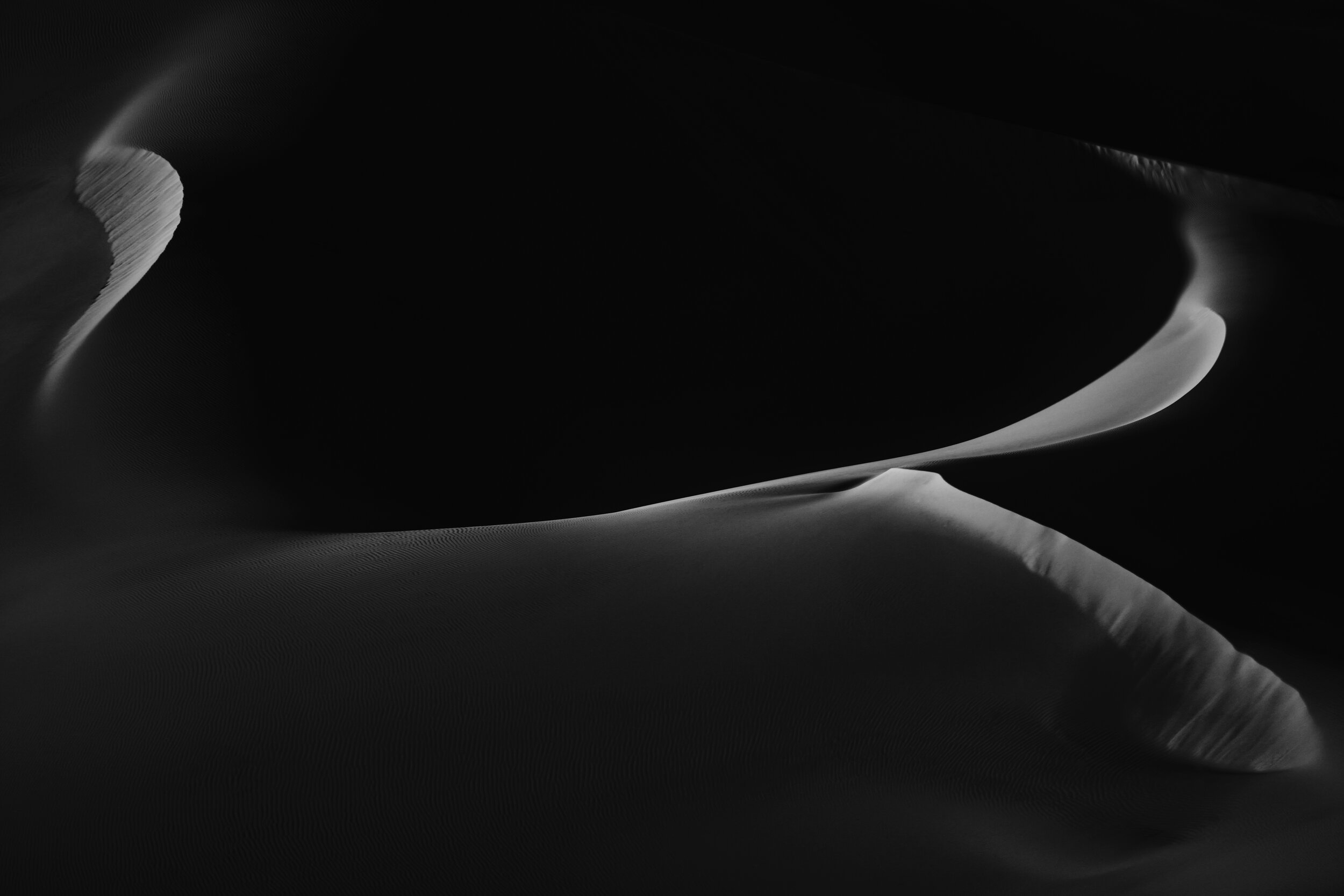
The settling sun kisses the dunes in Death Valley, California. As the sidelight illuminates the sand, patterns and accents emerge from the blackness.
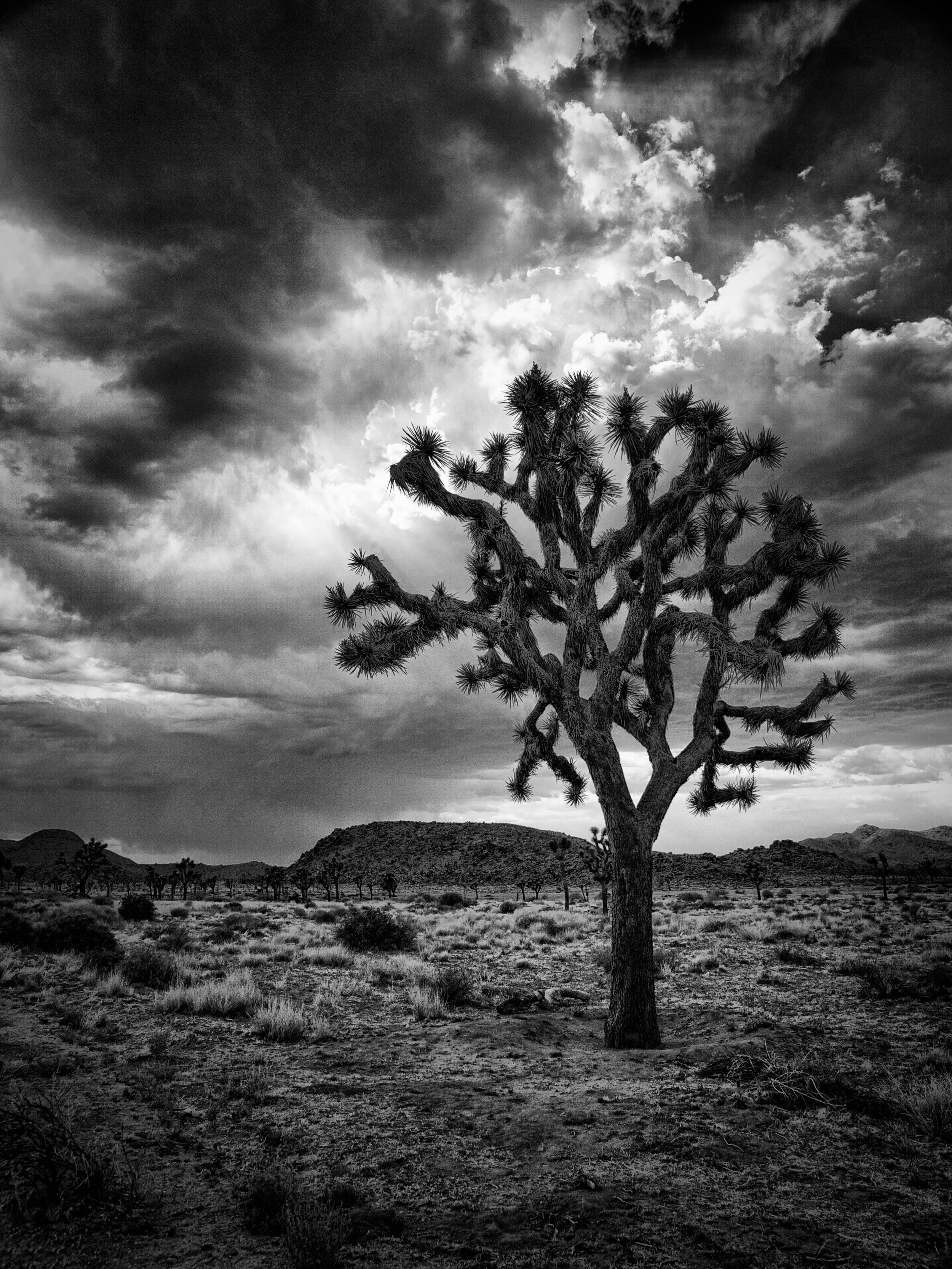
Joshua Tree National Park is such a magical place. The twisting branches of the yucca trees wind out towards the dramatic heavens above in a sparsely vegetated landscape that appears almost as alien as the trees from which it takes its name. Joshua Tree was declared a national monument in 1936 and in 1994 was redesignated as a national park. The park itself includes parts of both the Mojave Desert and the Colorado Desert, with the Mojave representing the higher altitude part of the park and being the part with the Joshua Trees. There are plenty of activities such as rock climbing, astronomy, birding, and hiking to enjoy at the park as well as 9 campsites. The most comfortable weather for visiting is in the sling and fall where temperatures range from about 10-30 degrees Celsius. FUN FACT: Joshua trees are not actually trees nor cactuses, but rather members of the Agave family!
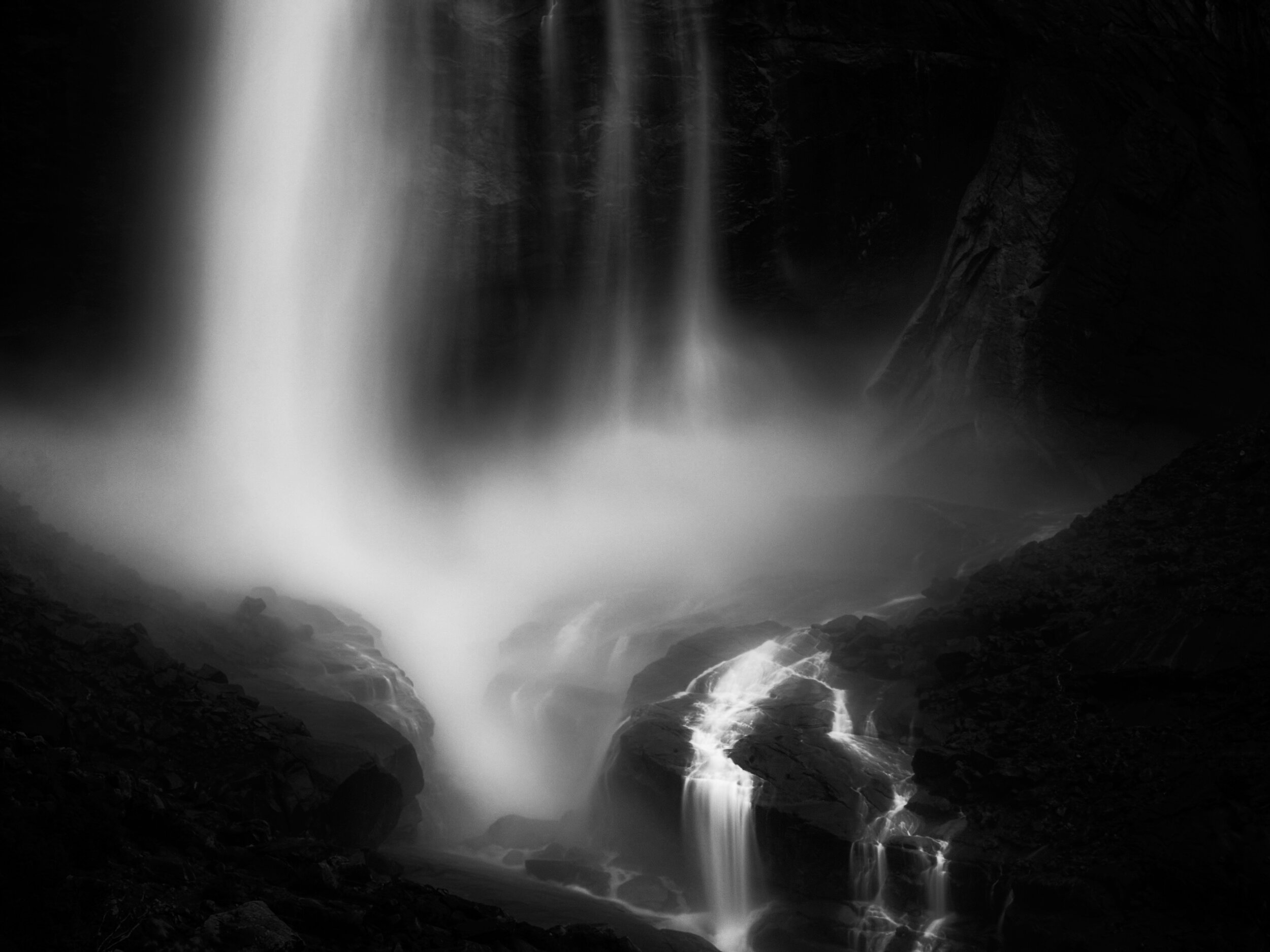
The waters of Yosemite falls crashing into the granite rocks in the valley floor below
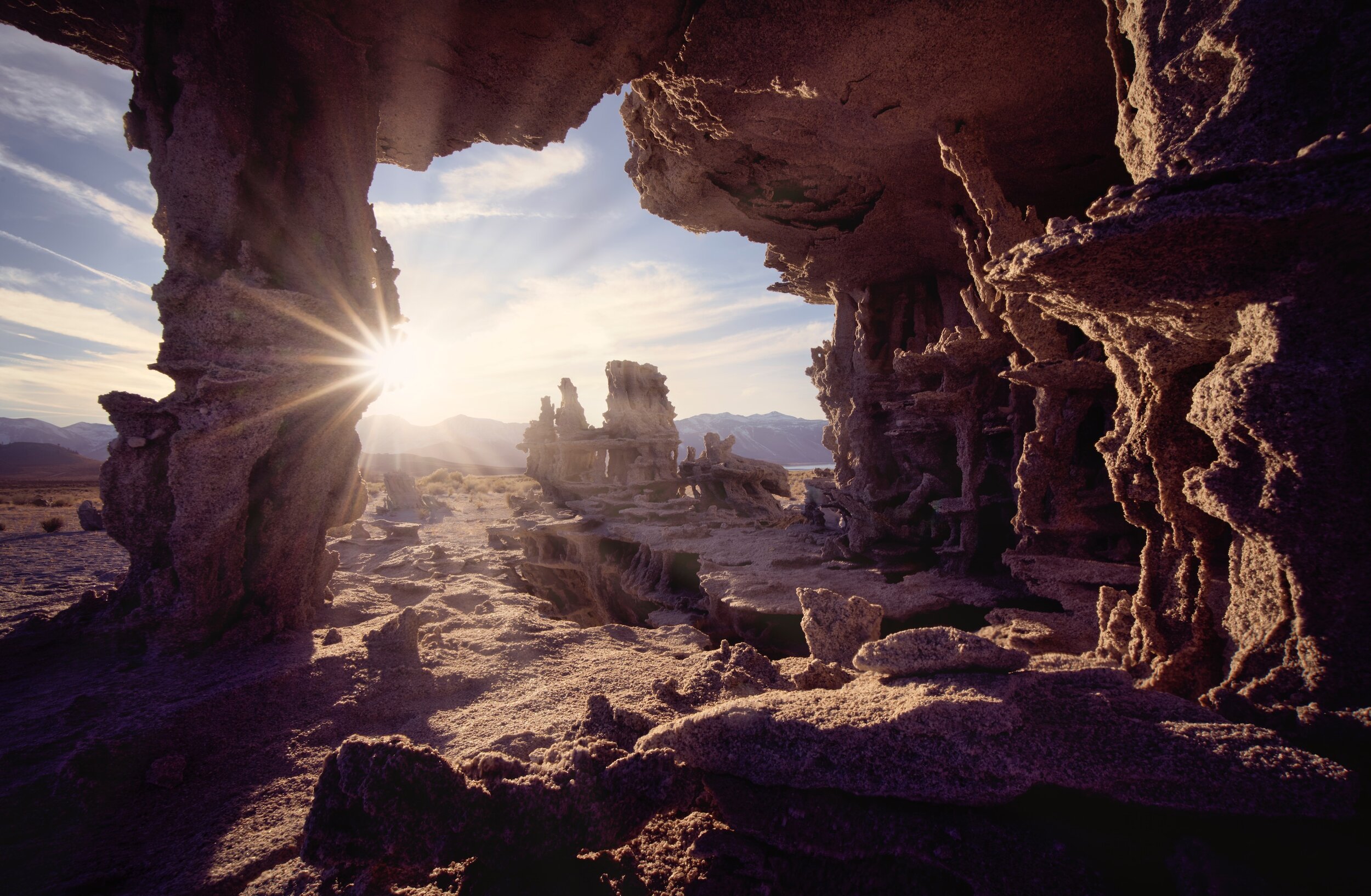
Limestone columns, known as Tufas scatter the landscape surrounding Mono Lake in California. These structures form due to the alkaline nature of the surrounding soil and lake.
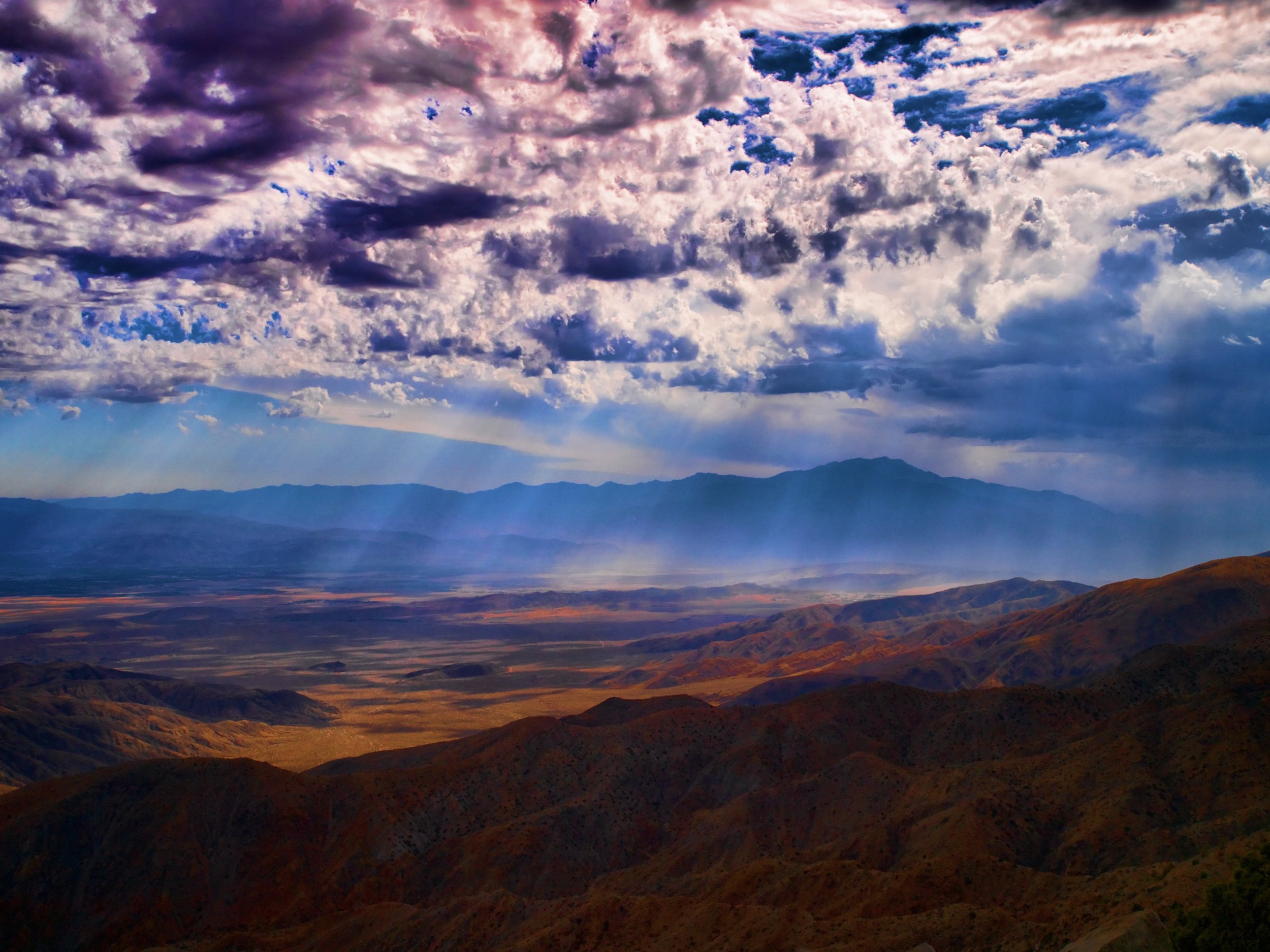
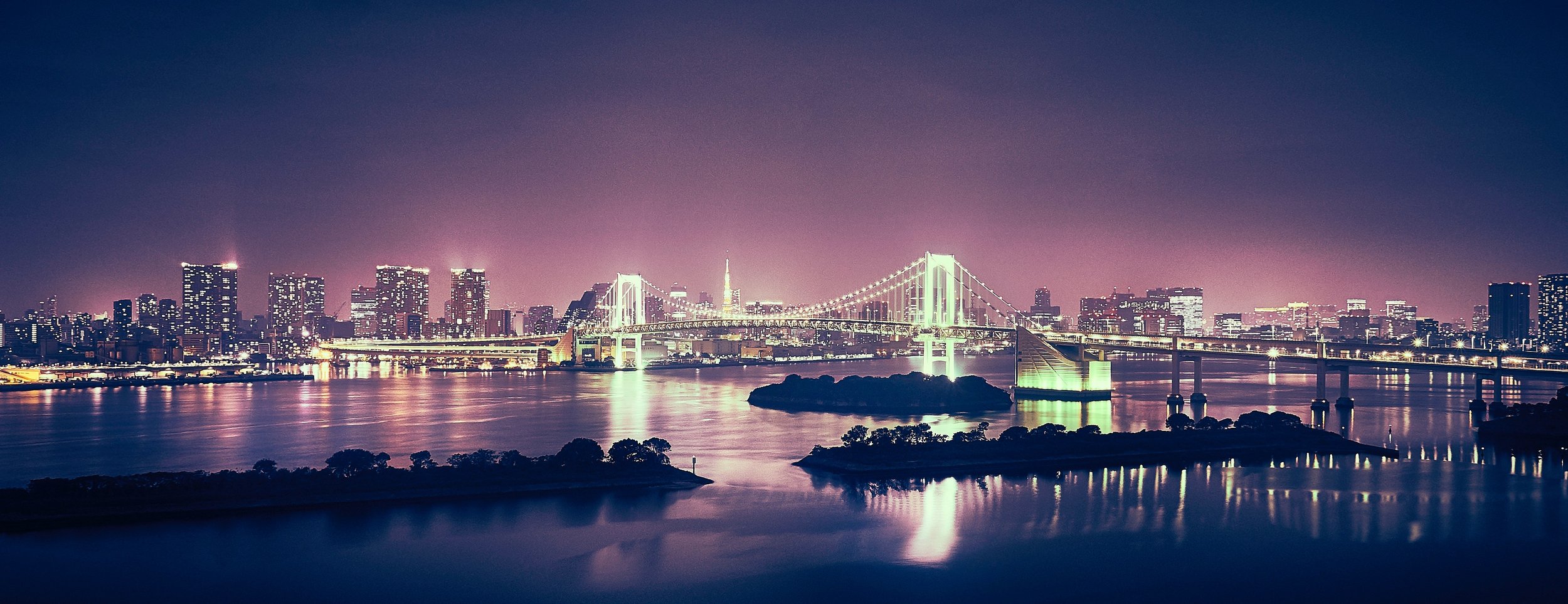
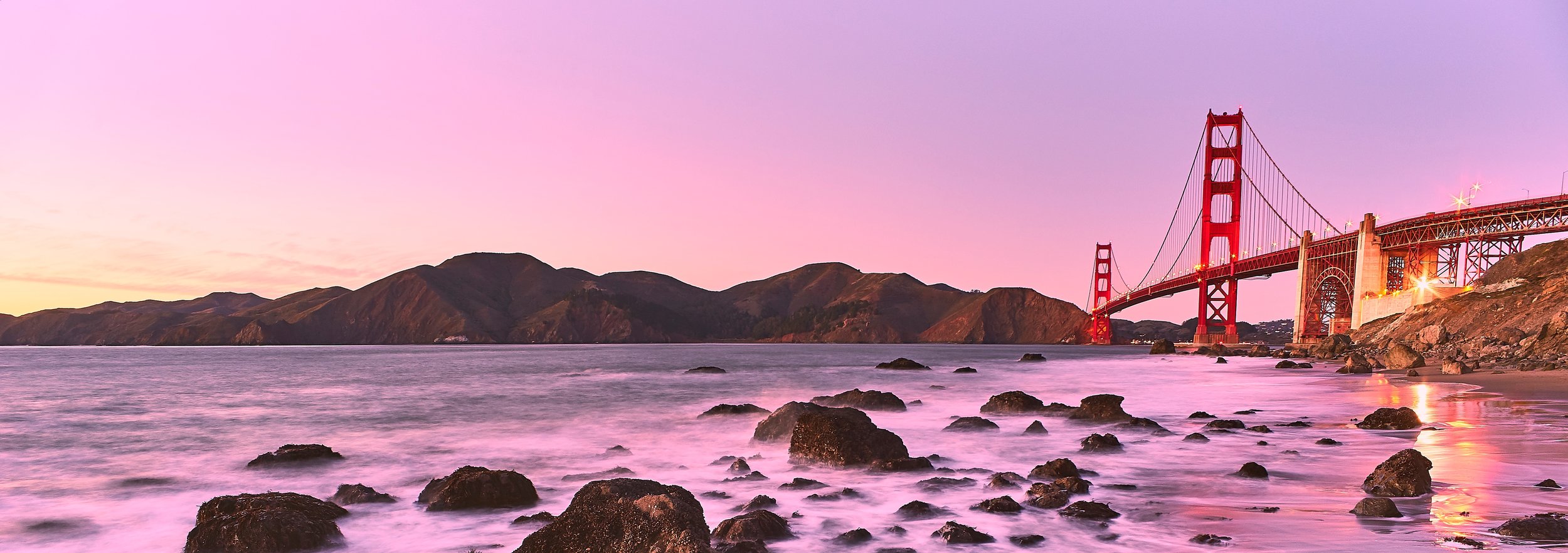

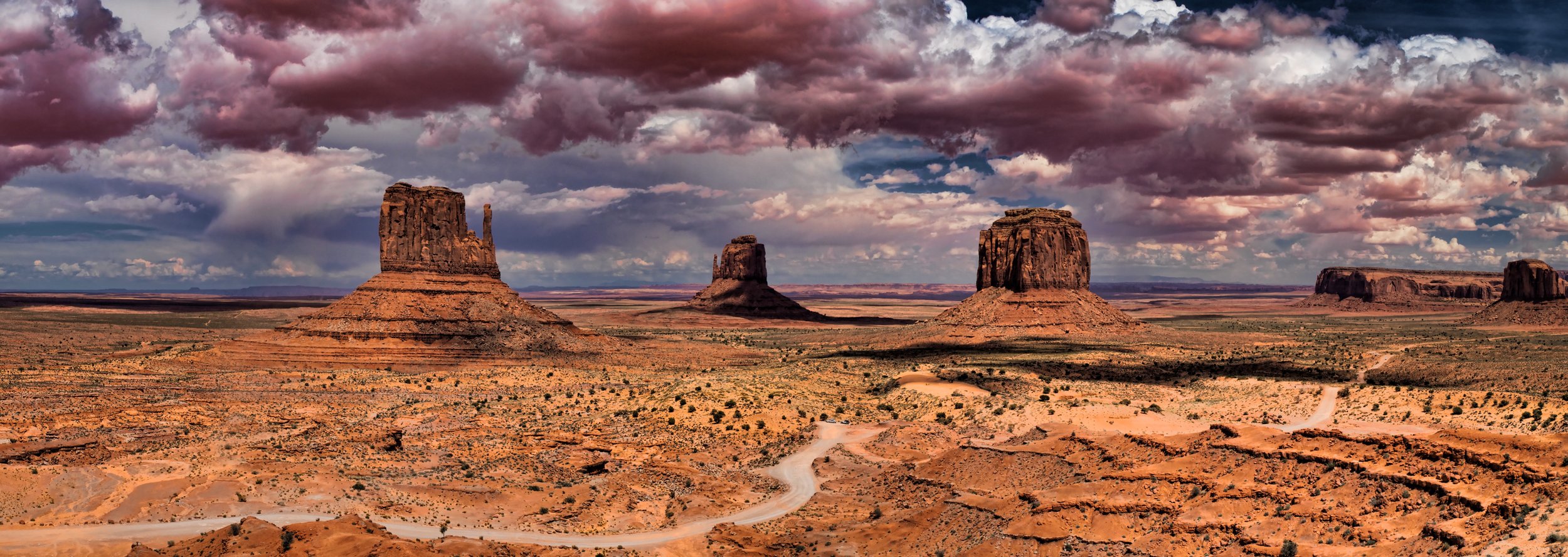
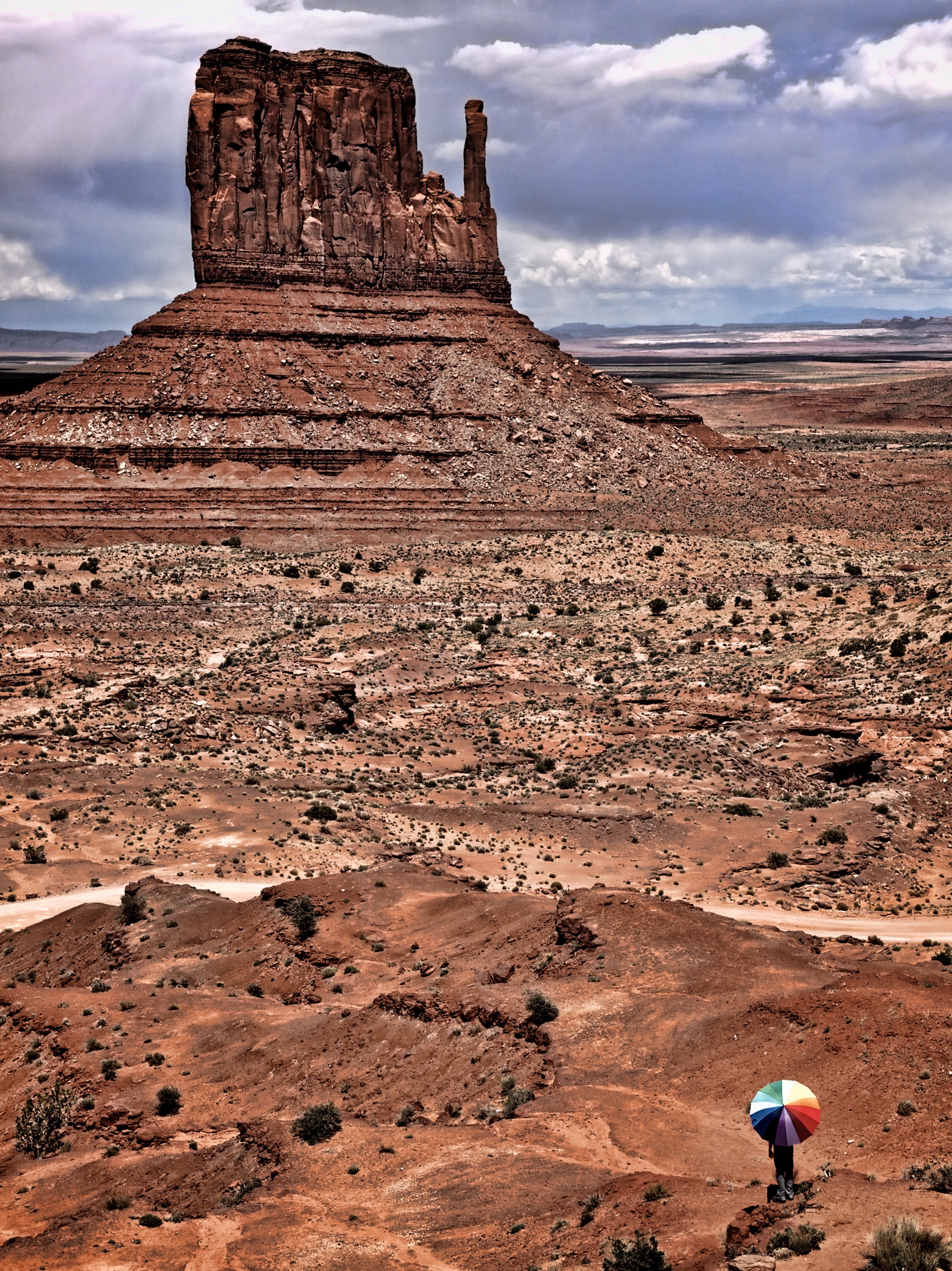
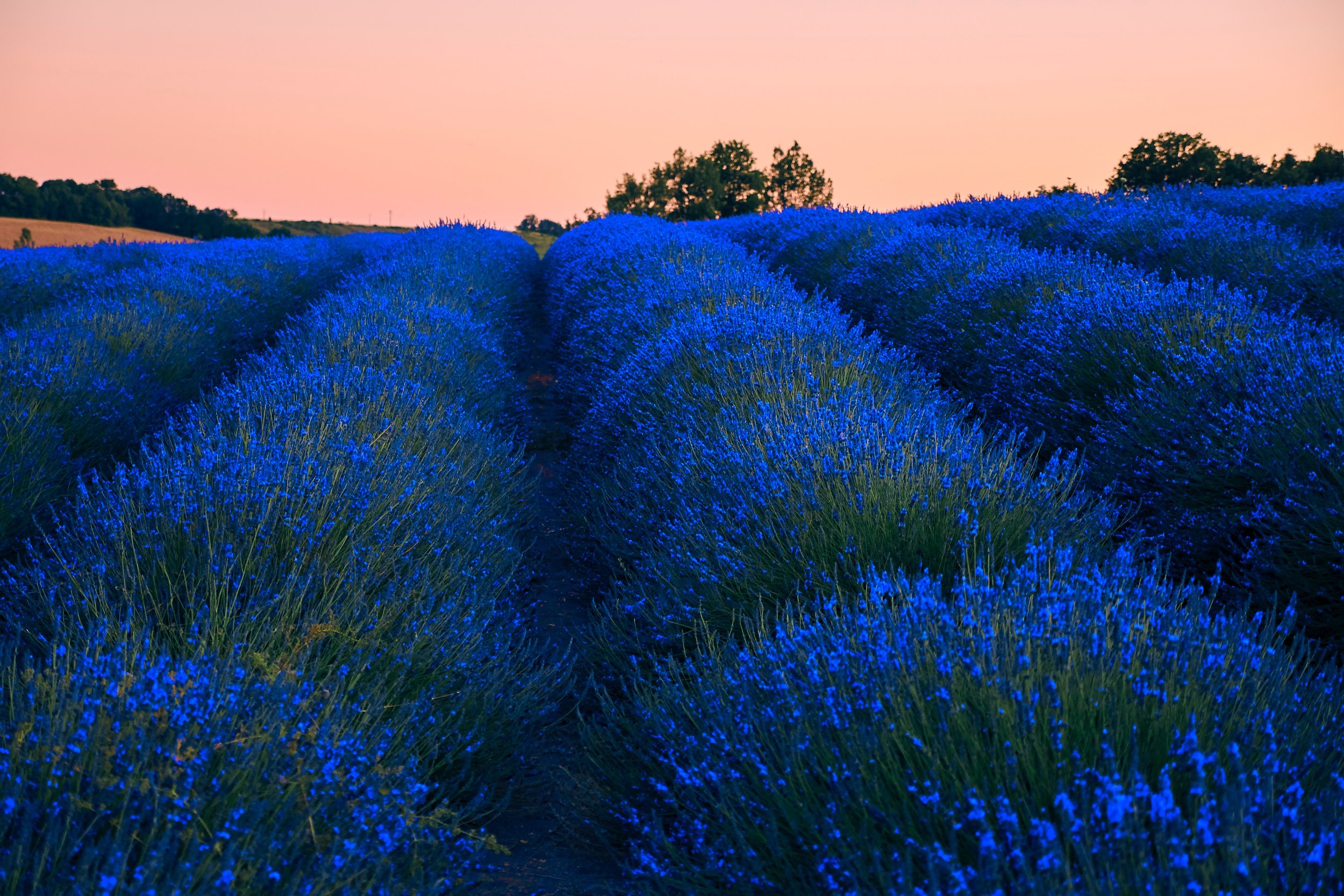

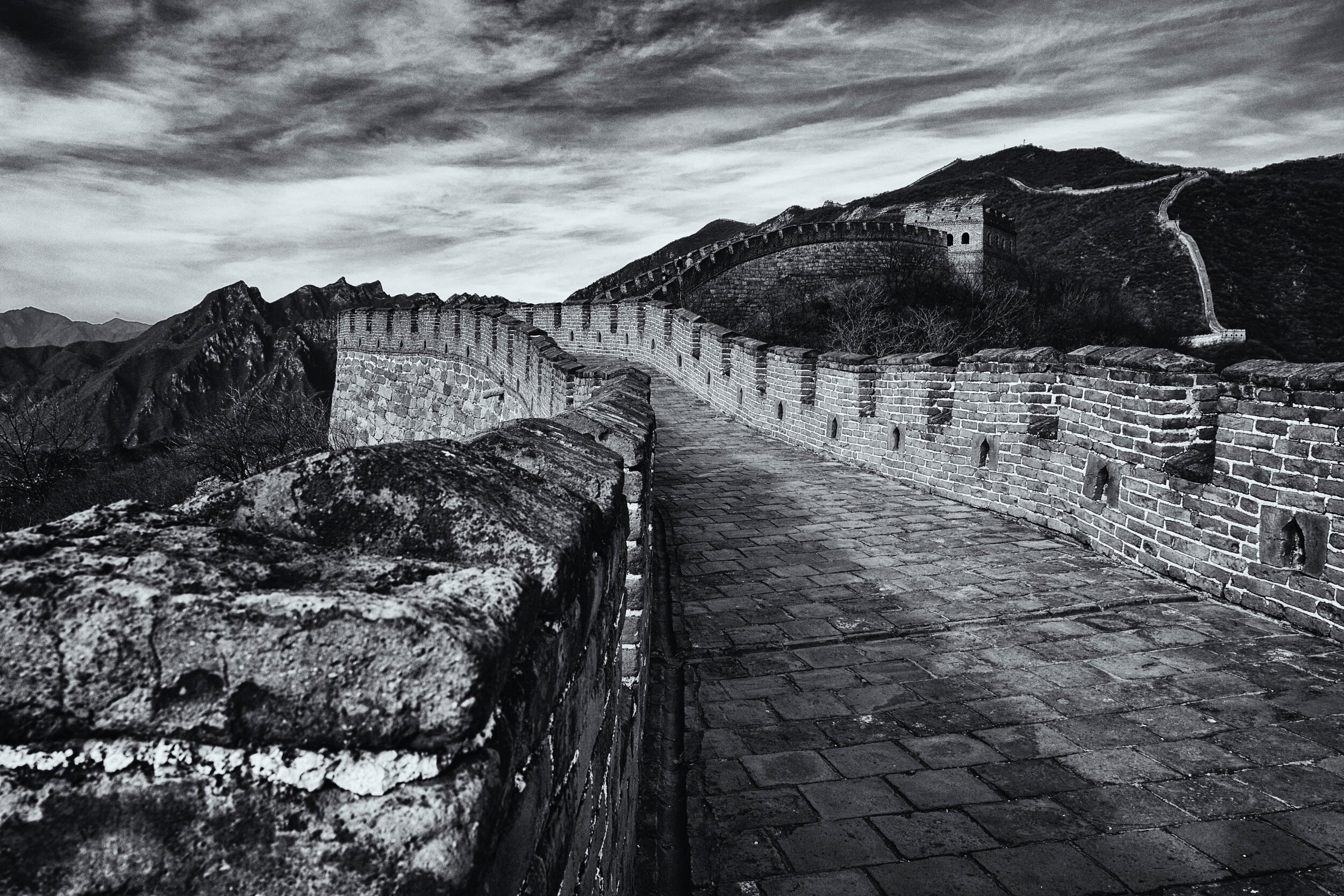
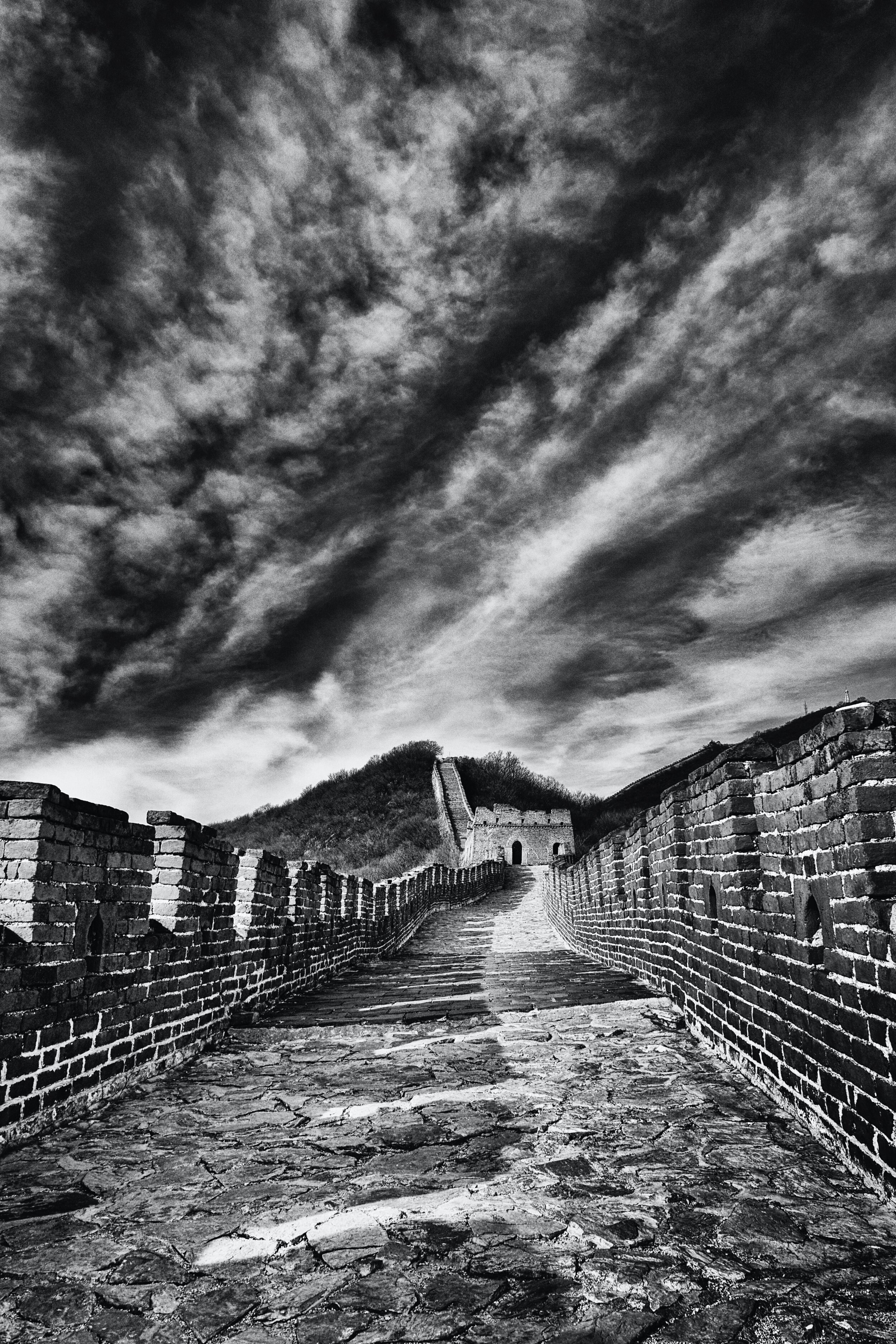
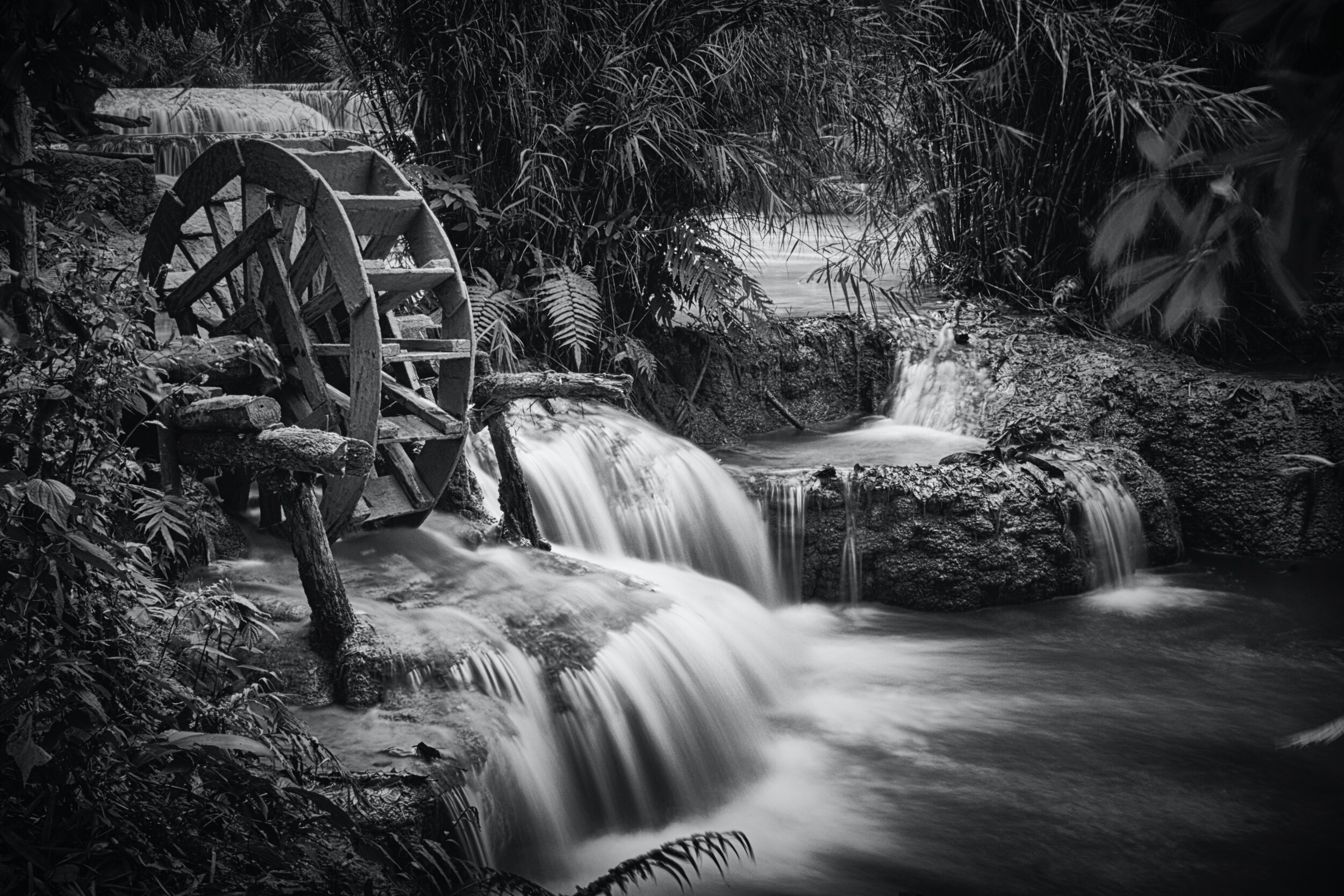
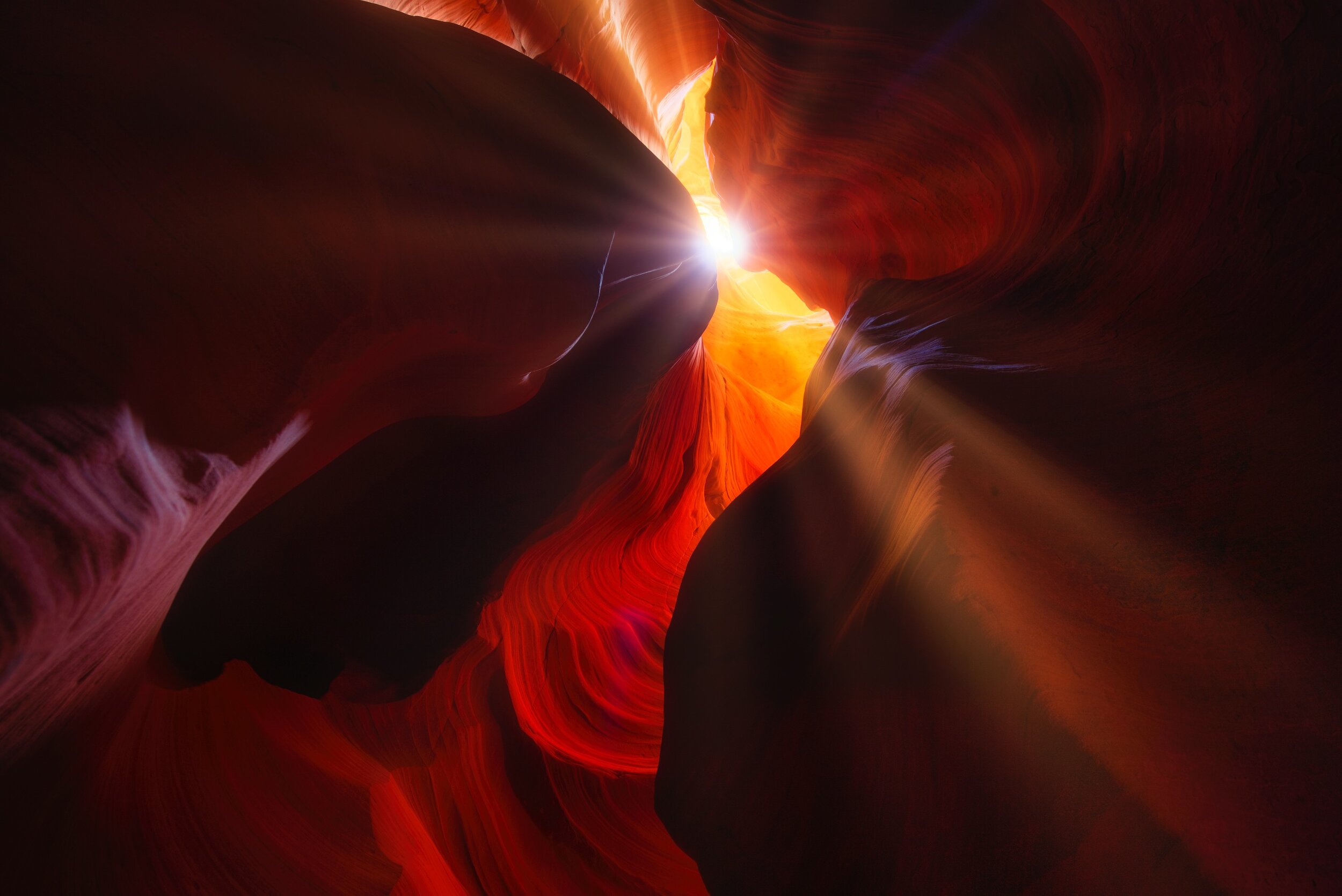
A sunray pierces through the slotted sandstone Antelope Canyon near Paige, Arizona.
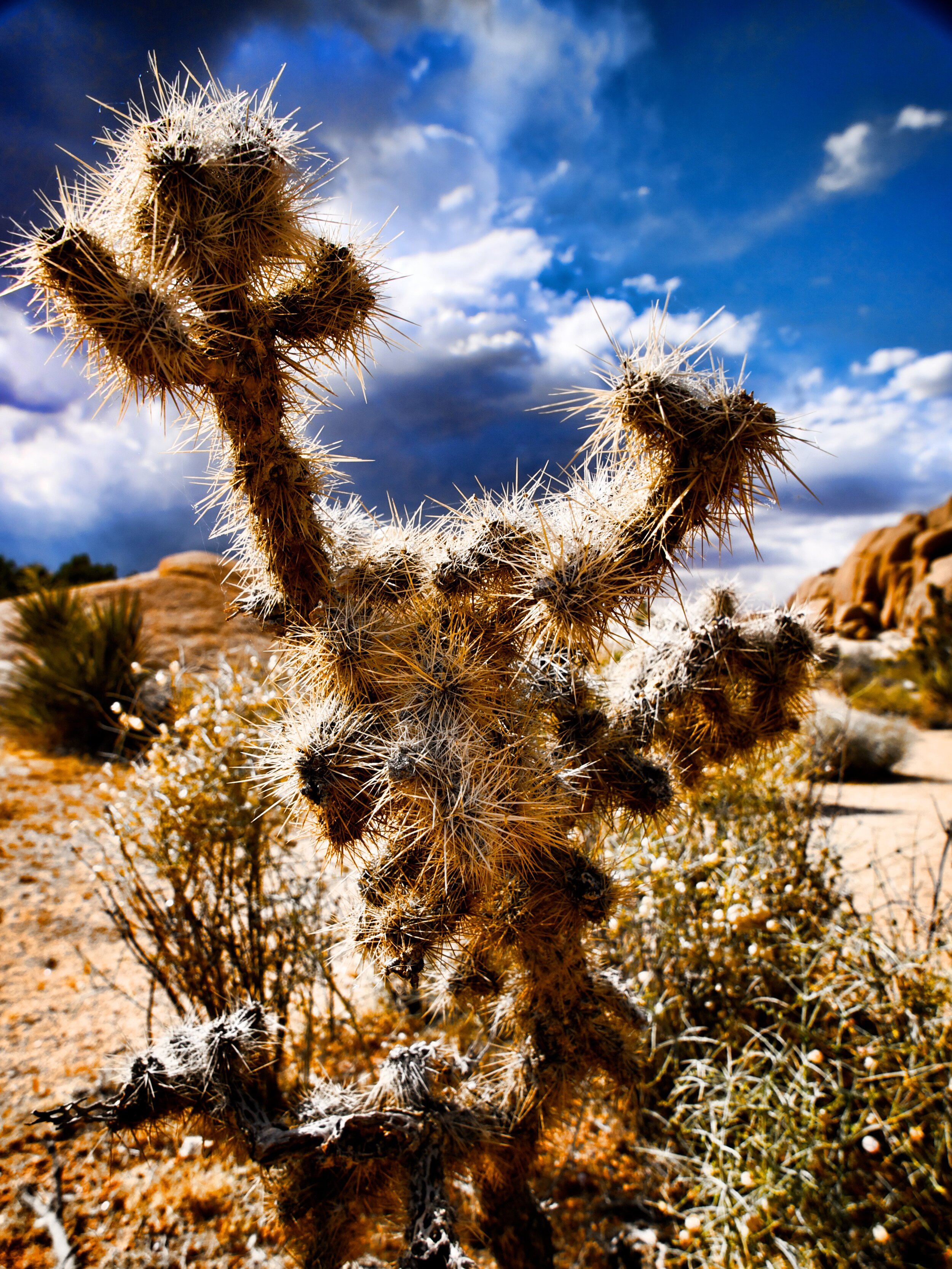

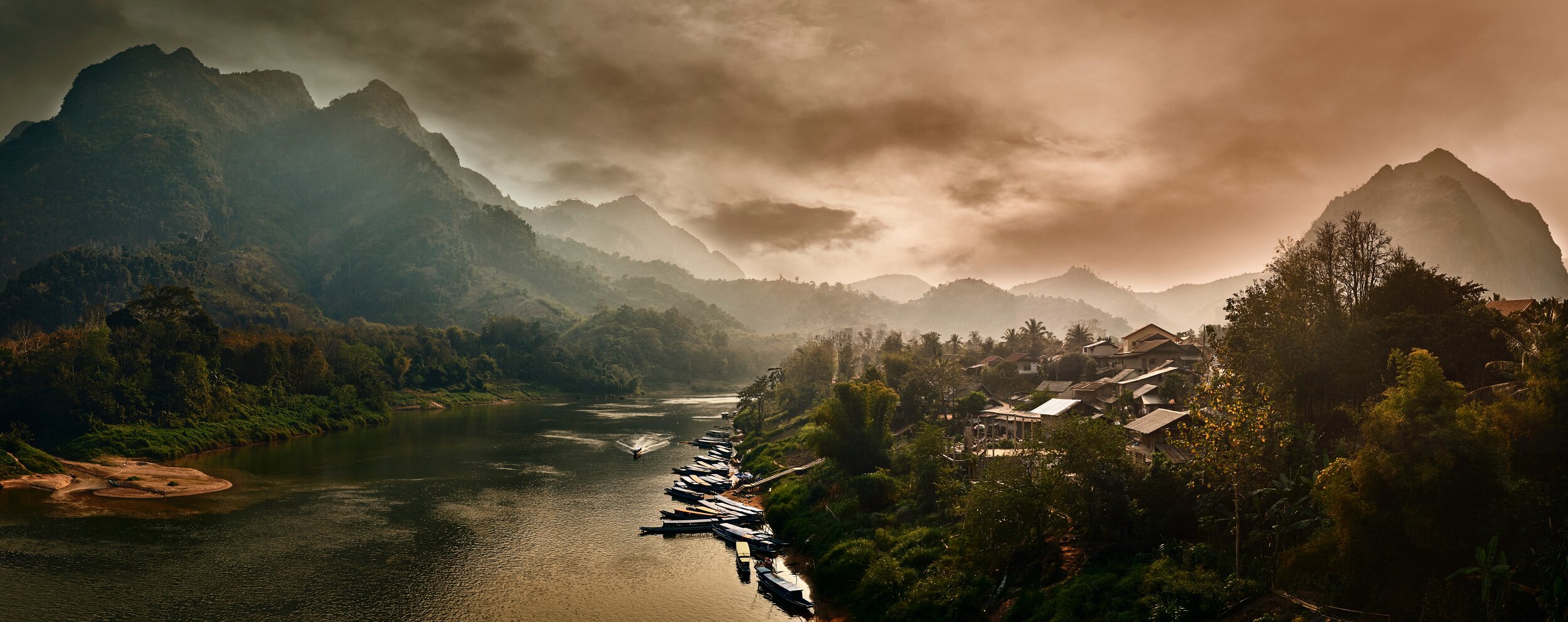
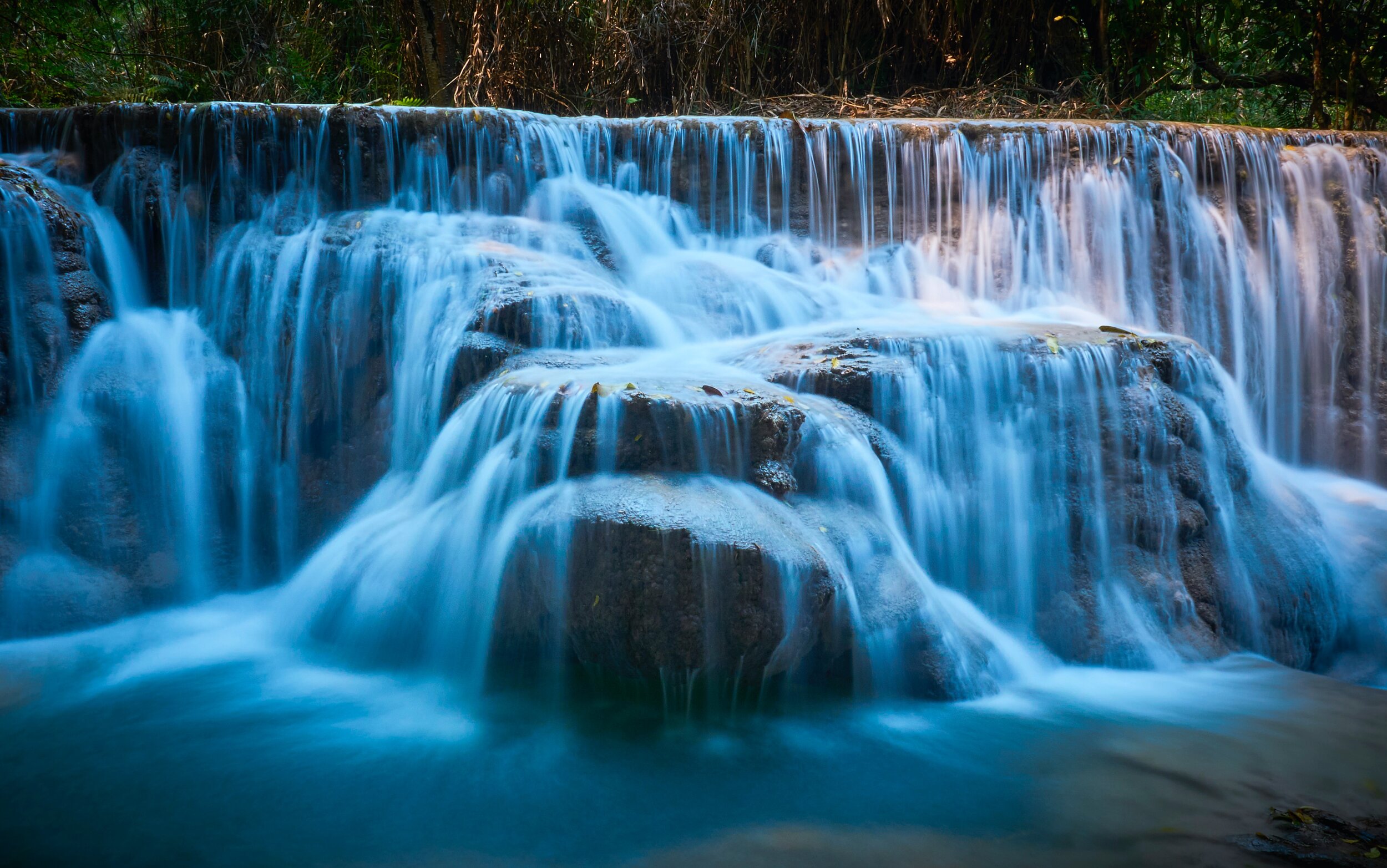
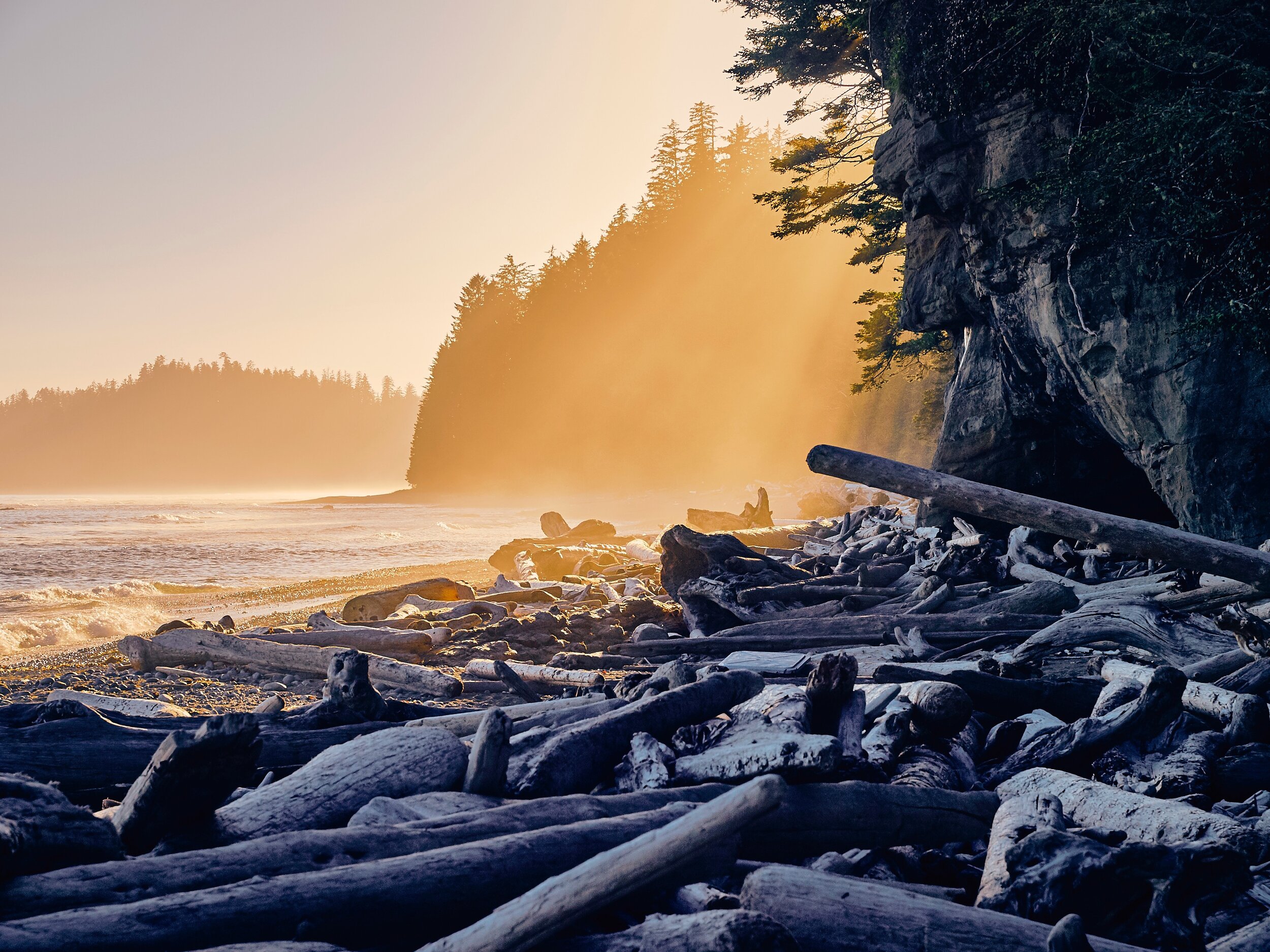
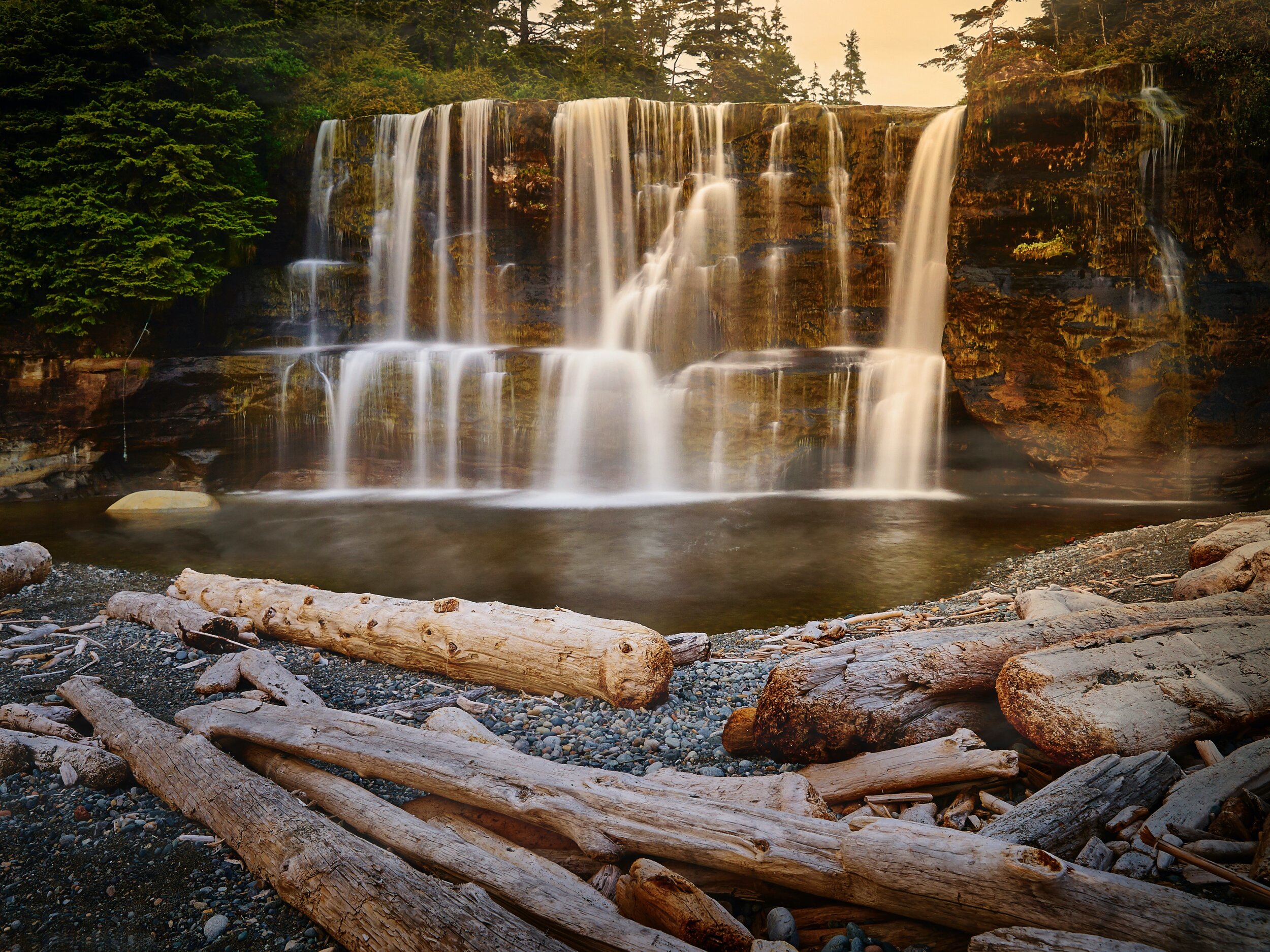
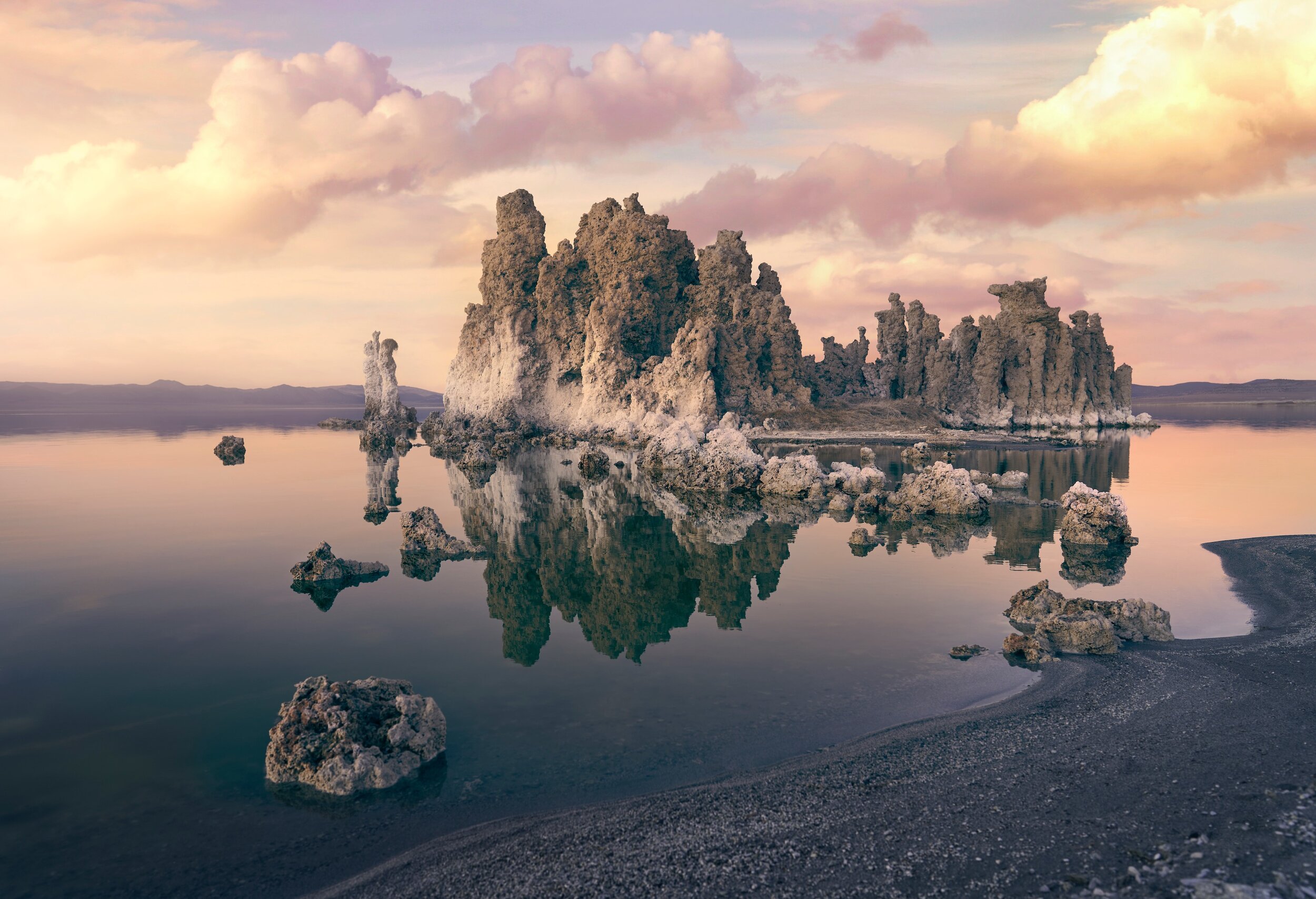
Mono Lake is a soda lake located in the eastern part of California. It has a very high salt concentration as there is no outlet for the water to run. Unique limestone columns are found all around the area and make for other-worldly landscapes.

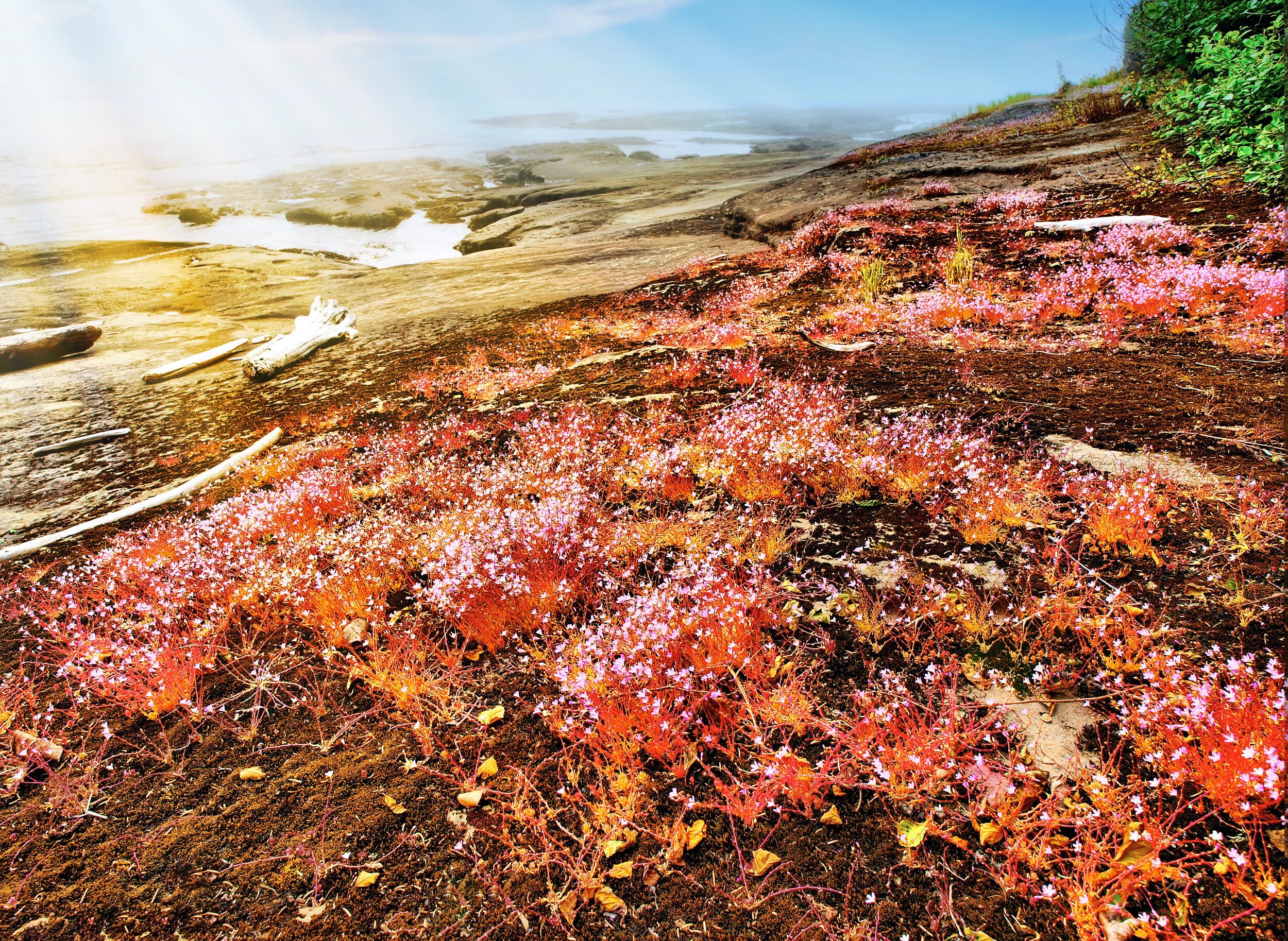
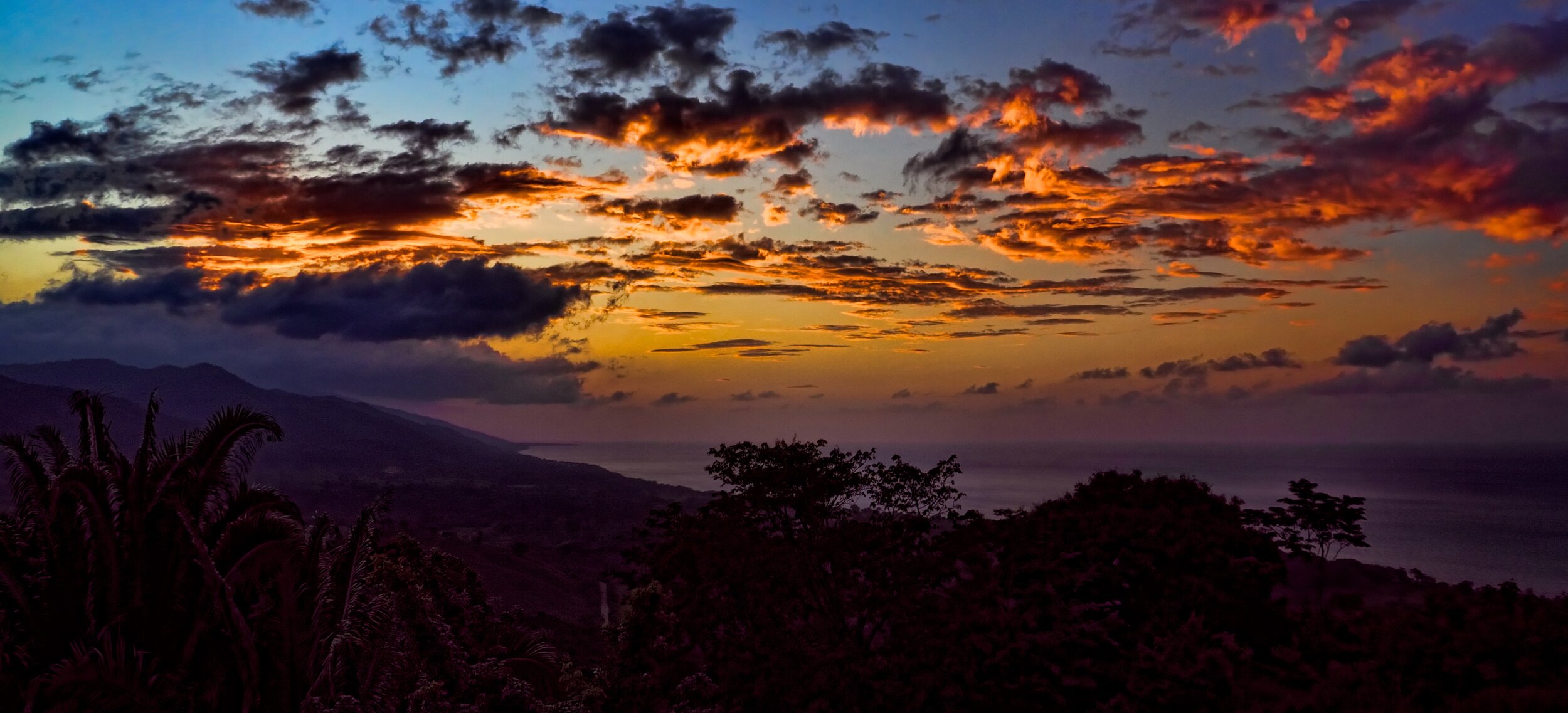
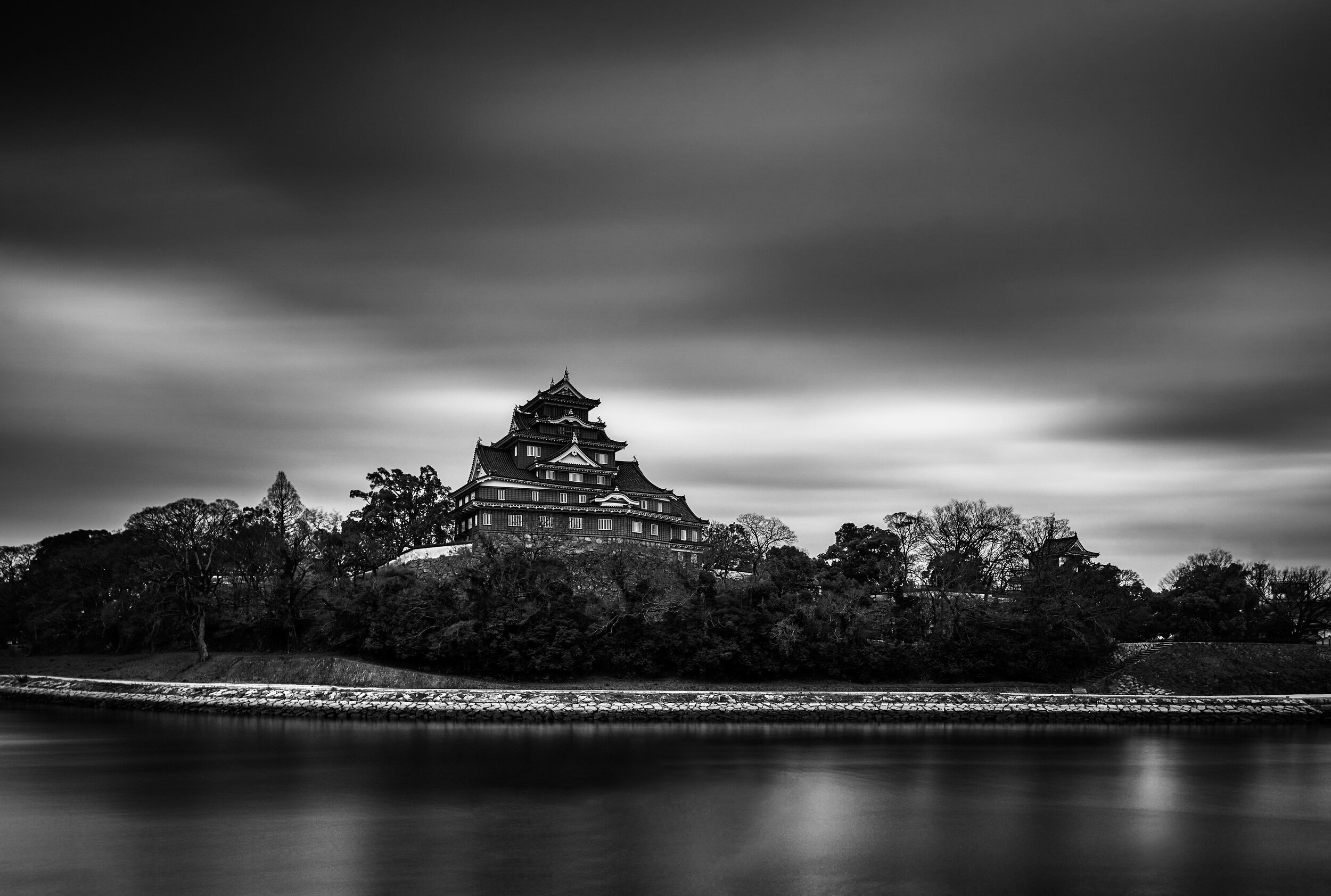
Okayama castle on the main island of Honshu in Japan. The main castle was built in 1597, but was destroyed during the war in 1945. Reconstruction began in 1964 and was completed in 1966.

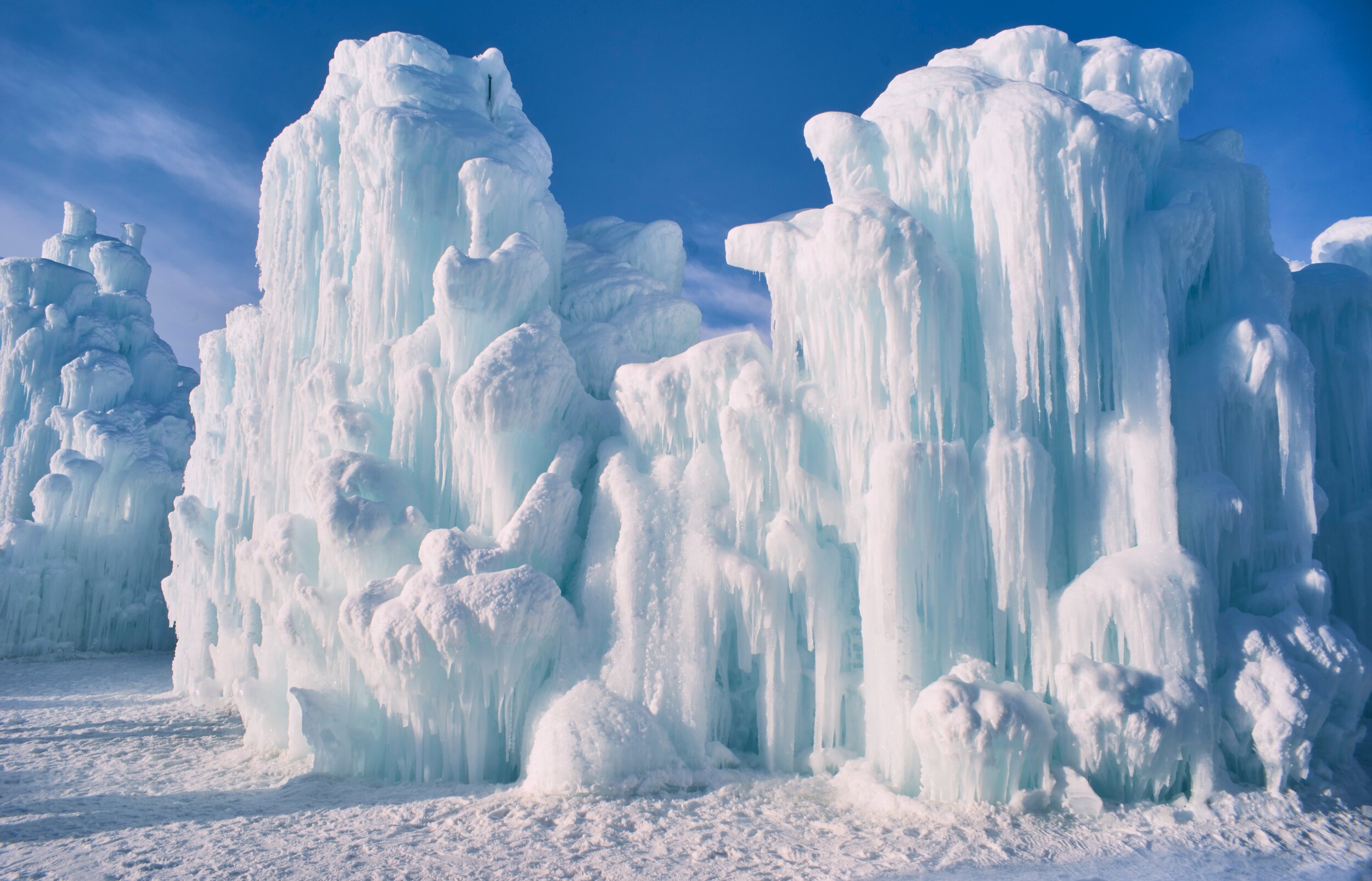
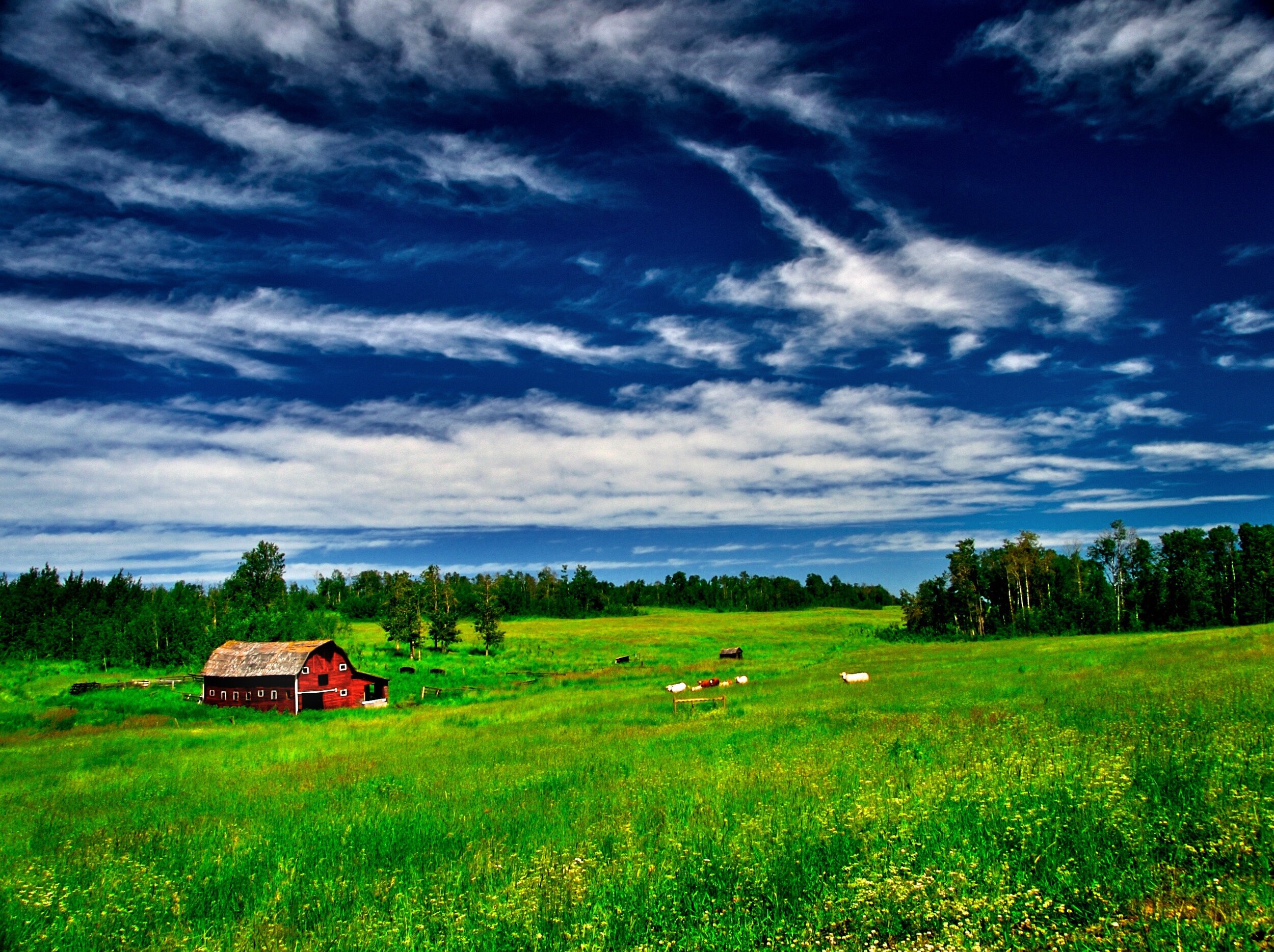
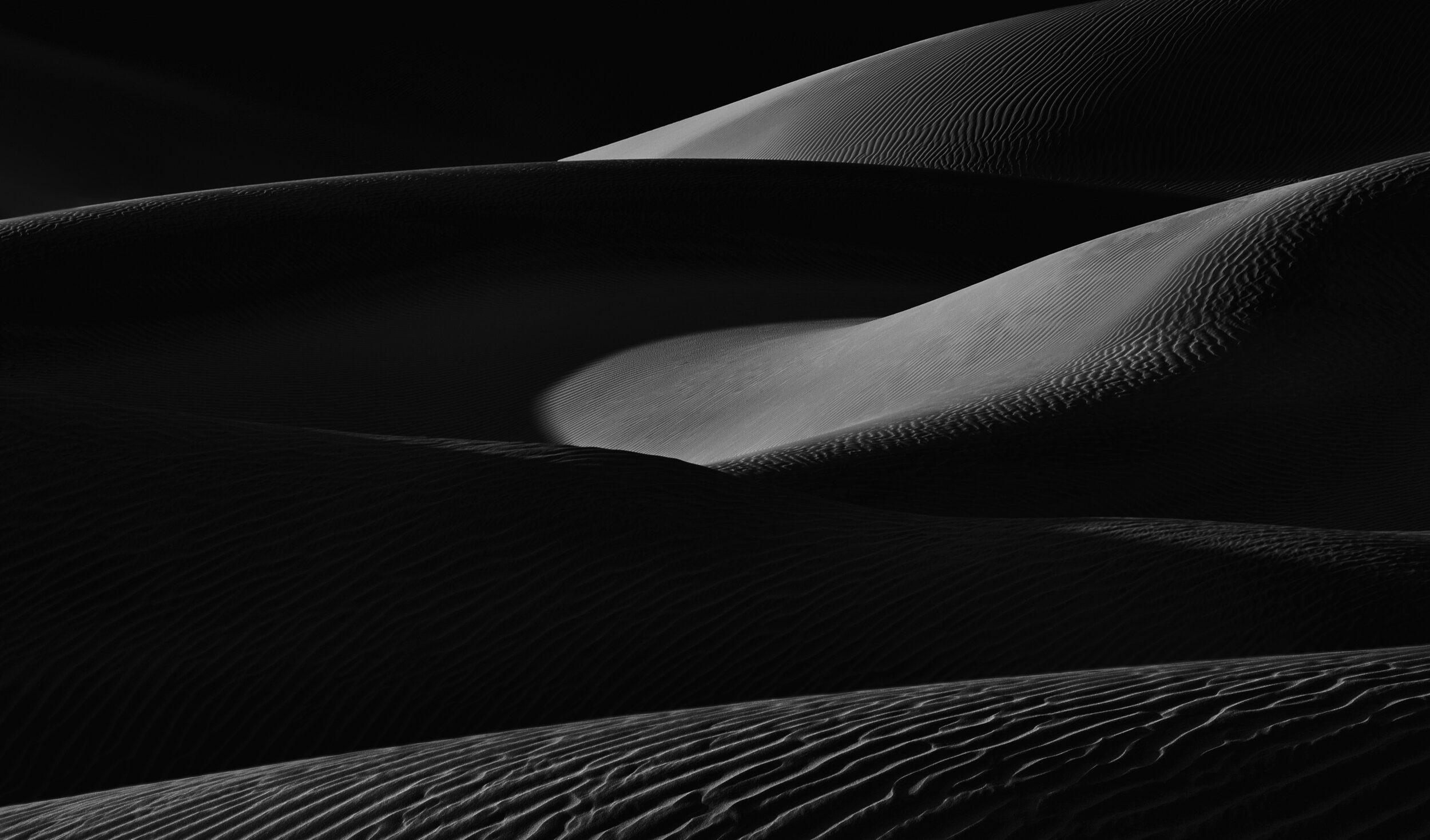
The light of the setting sun on the layered Mesquite Dunes in Death Valley created a lovely contrasty, geometric pattern. Shot with a 400mm lens at sunset.
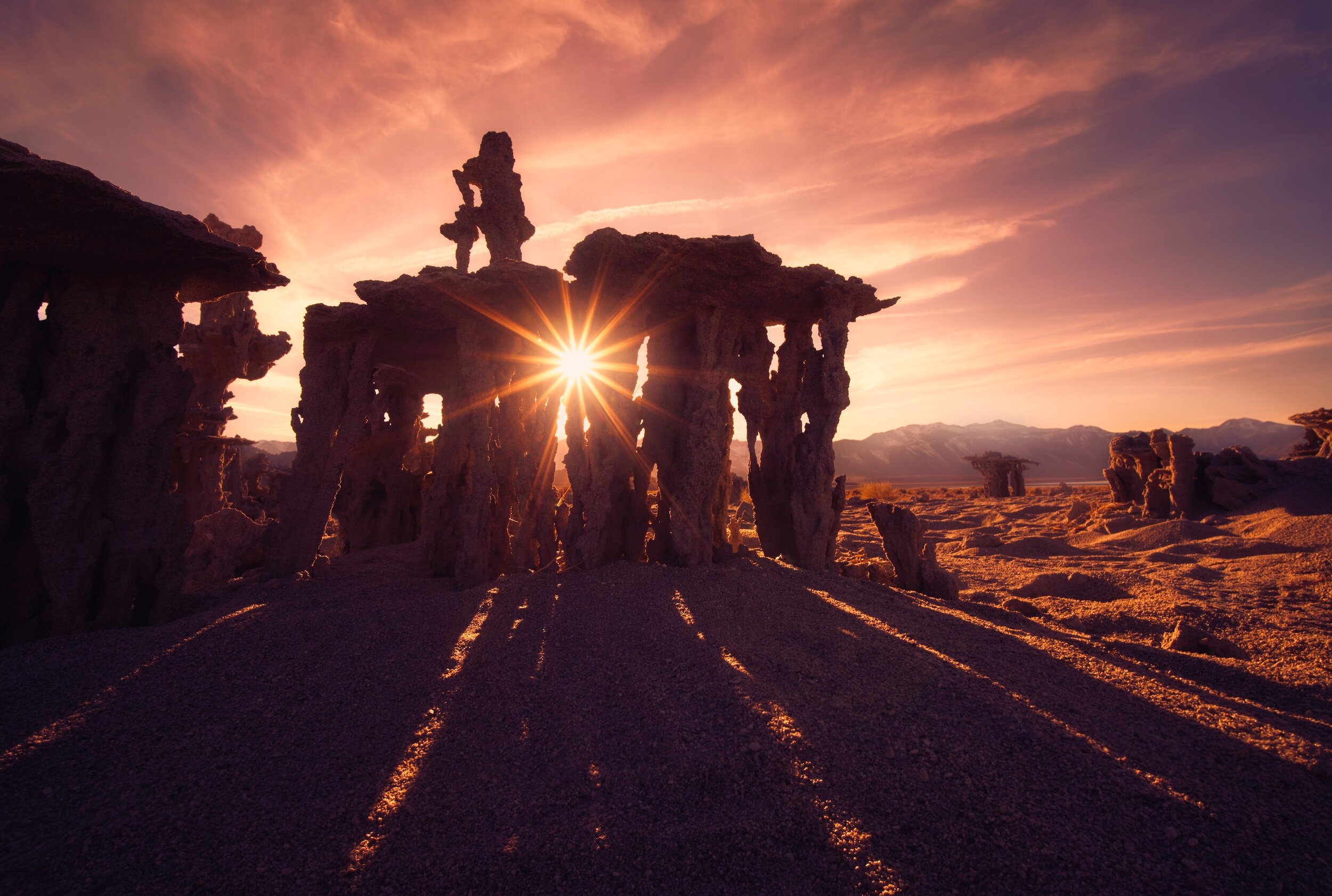
Limestone columns, known as Tufas scatter the landscape surrounding Mono Lake in California. These structures form due to the alkaline nature of the surrounding soil and lake.
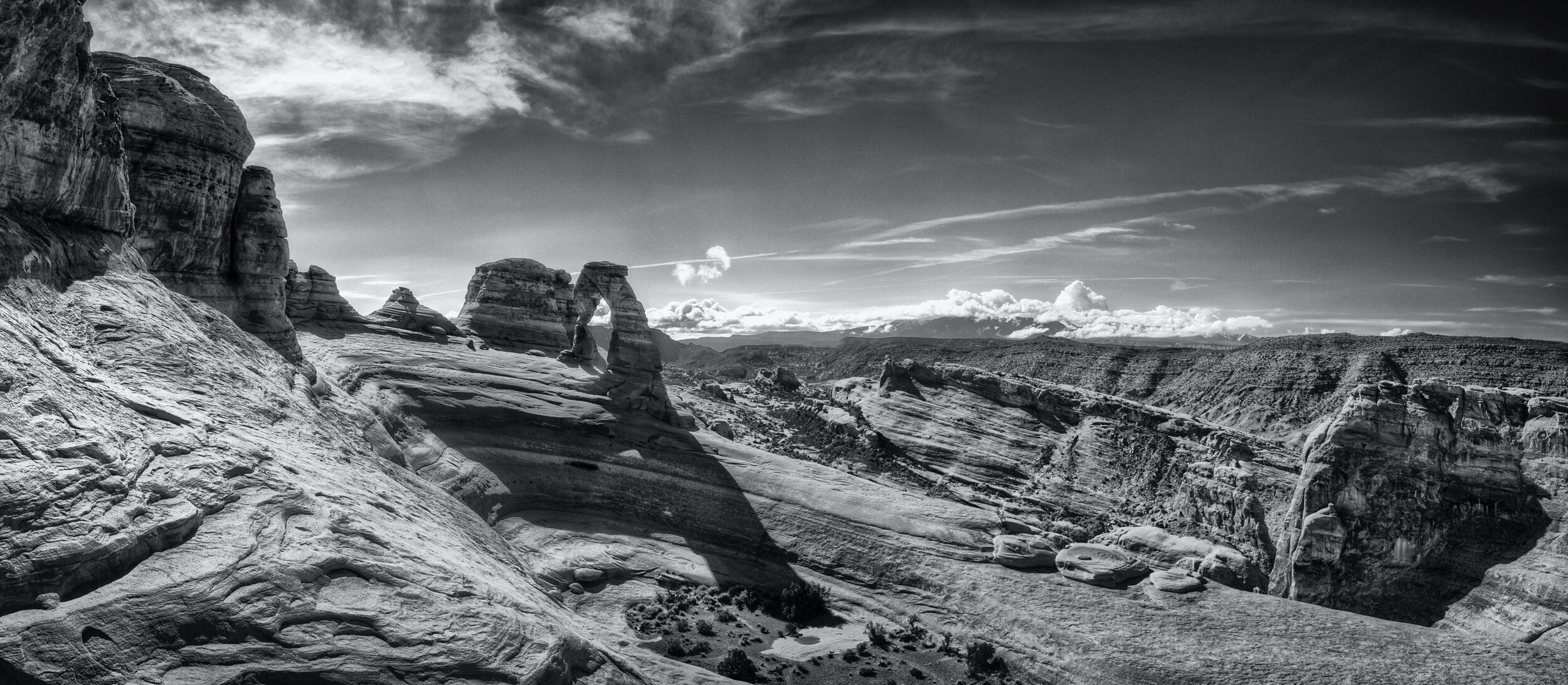
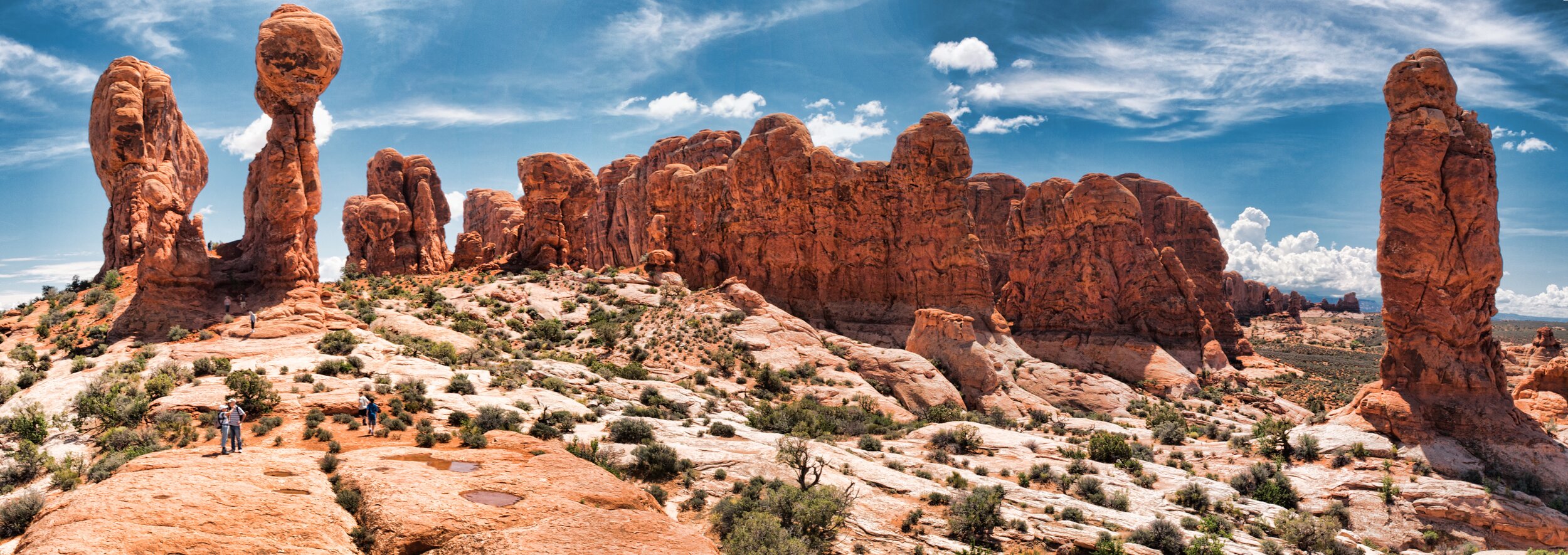
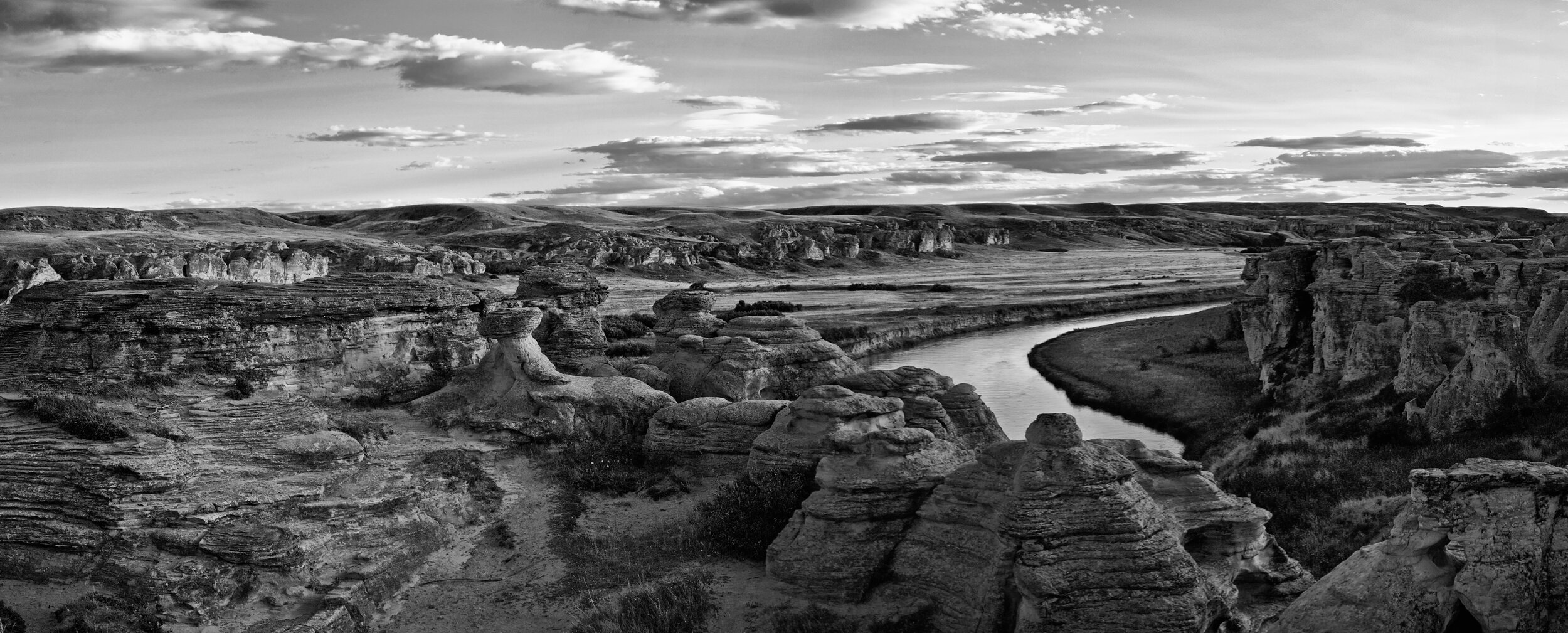

Layered sandstone creates beautiful abstract patterns in Antelope Canyon.






















































Golden sunlight streams into the slot canyons near Paige, Arizona.
Light piercing through the thick bamboo grove on the side of mount Arashiyama in Kyoto, Japan.
Pre-dawn light on sand dunes in the desert of Death Valley, California.
Sun setting on sand dunes in Death Valley National Park in California.
The sun sets on the horizon at Horsehoe Bend: a winding meandor in the Colorado River.
Looking down a traditional Japanese street towards the Yasakanoto Pagoda at dusk in Kyoto, Japan.
The Milky Way galaxy lights up the night sky at Aguereberry Point in Death Valley with the lights of Las Vegas in the background.
Pre-dawn light illuminates the Sierra Nevada range and catches the steam created from the geothermal activity and hot springs around Hot Creek in California.
The settling sun kisses the dunes in Death Valley, California. As the sidelight illuminates the sand, patterns and accents emerge from the blackness.
Joshua Tree National Park is such a magical place. The twisting branches of the yucca trees wind out towards the dramatic heavens above in a sparsely vegetated landscape that appears almost as alien as the trees from which it takes its name. Joshua Tree was declared a national monument in 1936 and in 1994 was redesignated as a national park. The park itself includes parts of both the Mojave Desert and the Colorado Desert, with the Mojave representing the higher altitude part of the park and being the part with the Joshua Trees. There are plenty of activities such as rock climbing, astronomy, birding, and hiking to enjoy at the park as well as 9 campsites. The most comfortable weather for visiting is in the sling and fall where temperatures range from about 10-30 degrees Celsius. FUN FACT: Joshua trees are not actually trees nor cactuses, but rather members of the Agave family!
The waters of Yosemite falls crashing into the granite rocks in the valley floor below
Limestone columns, known as Tufas scatter the landscape surrounding Mono Lake in California. These structures form due to the alkaline nature of the surrounding soil and lake.
A sunray pierces through the slotted sandstone Antelope Canyon near Paige, Arizona.
Mono Lake is a soda lake located in the eastern part of California. It has a very high salt concentration as there is no outlet for the water to run. Unique limestone columns are found all around the area and make for other-worldly landscapes.
Okayama castle on the main island of Honshu in Japan. The main castle was built in 1597, but was destroyed during the war in 1945. Reconstruction began in 1964 and was completed in 1966.
The light of the setting sun on the layered Mesquite Dunes in Death Valley created a lovely contrasty, geometric pattern. Shot with a 400mm lens at sunset.
Limestone columns, known as Tufas scatter the landscape surrounding Mono Lake in California. These structures form due to the alkaline nature of the surrounding soil and lake.
Layered sandstone creates beautiful abstract patterns in Antelope Canyon.
